From LCDs to fancy OLED models, these are our favorite televisions at every price point.
Category: Tech news
hacking,system security,protection against hackers,tech-news,gadgets,gaming
Apple activist reportedly fired after deleting files on work device
Janneke Parrish, an Austin-based employee who worked on Apple Maps, is a leader of #AppleToo.
An Apple program manager who posted anonymous stories of discrimination against employees at the tech giant has reportedly been canned.
Janneke Parrish, an Austin-based employee who worked at Apple Maps, runs #AppleToo, an online story-sharing group. of alleged “racism, sexism, inequality, discrimination, intimidation, repression, coercion, abuse, unjust punishment, and unlimited privilege” faced by Apple employees.
According to The Verge, she was fired last week for deleting files – including the Google Drive, Robinhood, and Pokemon Go apps – from her work device during a company investigation.
In a tweet, Parrish, 30, hinted that she was fired in retaliation for her work with #AppleToo. the right thing, “he said. But we’re doing the right thing because it’s the right thing. # AppleToo is about asking Apple to do better to end systemic discrimination, abuse, and pay inequality.
Superman Officially Gets New Motto, Drops ‘The American Way’
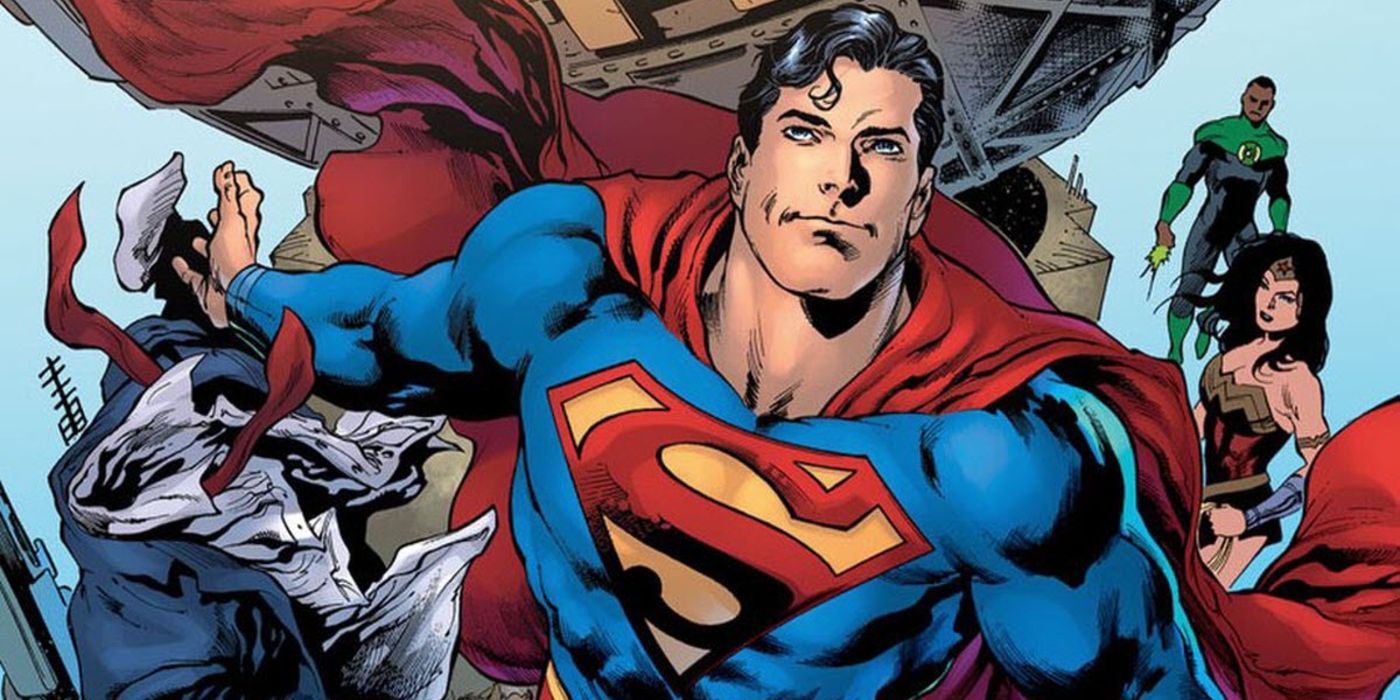
On Friday, it was revealed Superman is getting a brand-new catchphrase, as the iconic DC Comics hero will fight for “Truth, Justice and a Better Tomorrow.” At DC FanDome, DC Chief Creative Officer and Publisher Jim Lee revealed the Man of Steel will officially be dropping the “American Way” from his motto and instead, which will be replaced by the phrase “a Better Tomorrow.” The new catchphrase better embodies the hero’s ultimate mission of making the world a better place.
Superman is one of the most recognizable pop culture figures on the planet, as he originally debuted in Action Comics #1 in 1939. The hero has always been connected to the United States, as The Man of Tomorrow crash-landed on Earth and ended up being raised in Smallville, Kansas in the United States. However, despite his longtime motto suggesting he fights for the American Way, Superman has long fought for everyone across the globe – meaning his motto hasn’t been all-encompassing as it should be. Now, Superman is officially losing “The American Way” from his iconic catchphrase. MORE DETAILS WILL BE ADDED SOON.
Michael Keaton’s Batman Returns To The Batcave In The Flash Movie Image
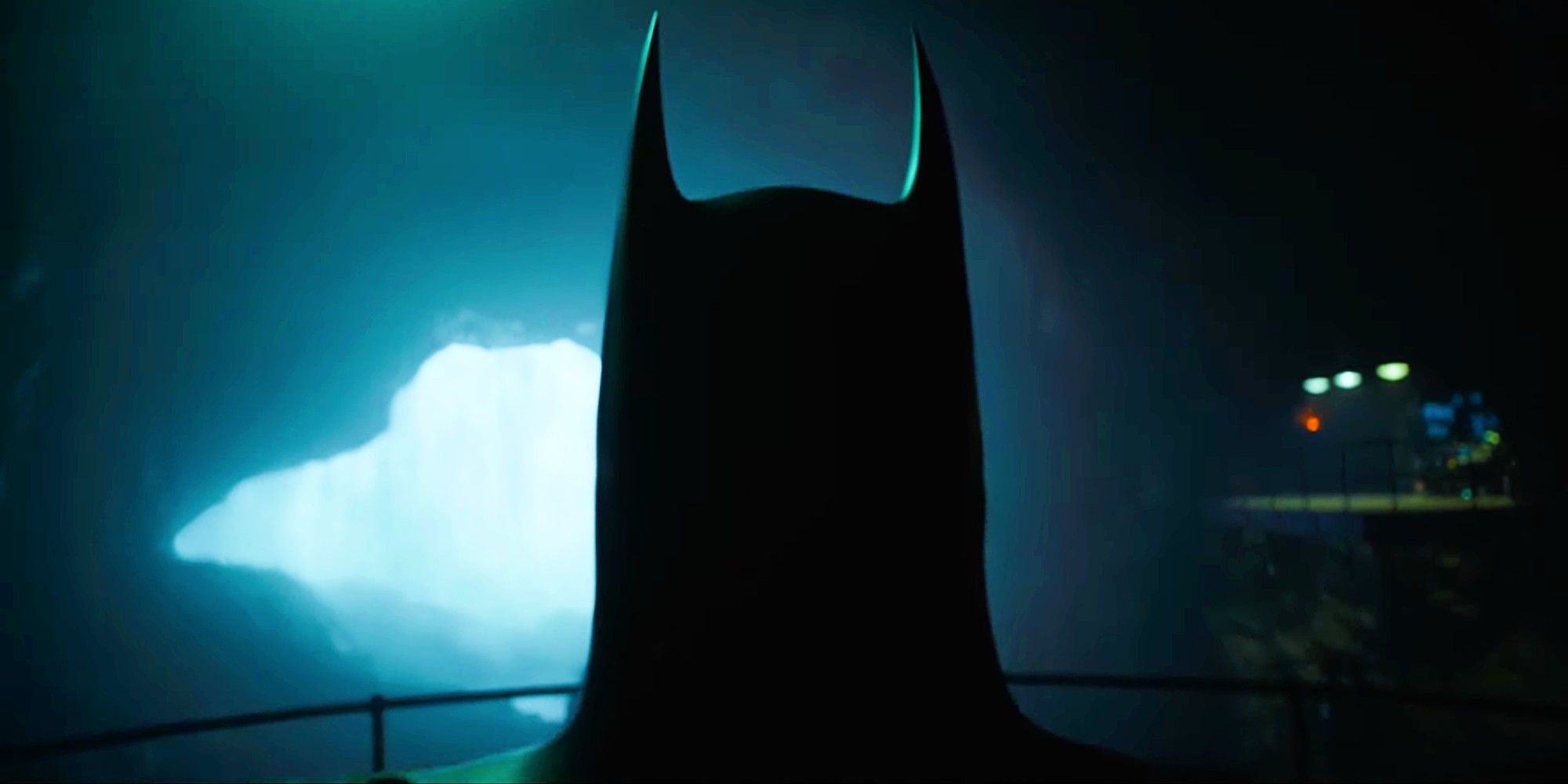
DC’s The Flash movie trailer reveals Michael Keaton’s Batman return, with the actor donning the Batsuit again in the upcoming movie. Ezra Miller will lead The Flash film as Barry Allen, reprising his DC Extended Universe role in his first solo movie. However, he’ll be joined by other DC heroes in The Flash movie including Keaton’s Batman from Tim Burton’s 80s & 90s movies, Ben Affleck’s DCEU Batman and new-to-the-universe Sasha Calle as Supergirl. IT helmer Andy Muschietti directs The Flash from a script by Christina Hodson (Birds of Prey: Harley Quinn).
During production on The Flash, Muschietti posted teaser images of Miller’s Flash suit, Keaton’s Batman suit and Calle’s Supergirl suit that just showed their respective logos, but never revealed the full costumes. An additional teaser image featured a Batman logo with the Flash’s red and gold logo painted over it, though it wasn’t clear what exactly the image meant for the film’s story. Further looks at the movie were revealed unofficially by photographers, with The Flash movie set photos revealing Keaton’s Bruce Wayne, Calle’s full Supergirl costume and Affleck’s Batcyle. However, now official looks at the movie are unveiled.
During DC FanDome 2021, a first look at Keaton’s Batman return in The Flash movie was revealed. Check it out in the video below.
Developing…
Source: DC
Why You Season 3 Needed To Kill [SPOILER]
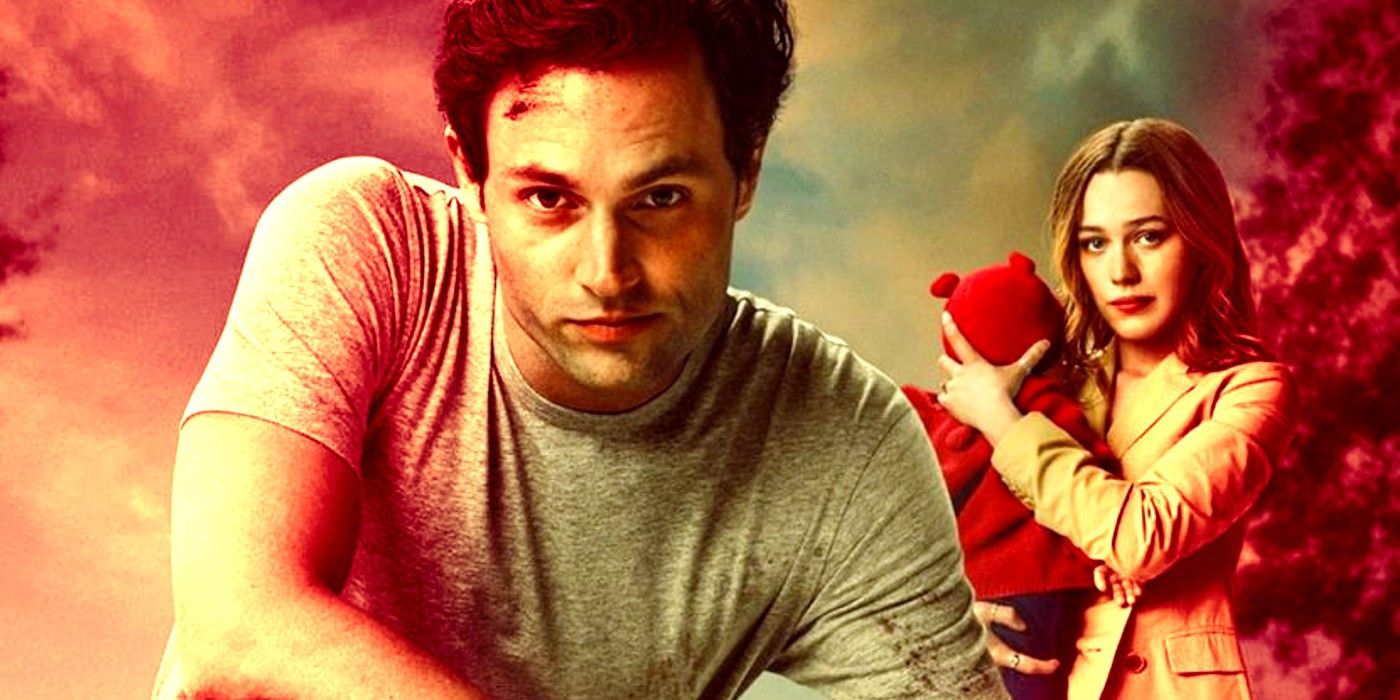
Warning: This post contains major spoilers for You Season 3.
The explosive ending of You season 3 sees Penn Badgley’s Joe once more free of his crimes – despite an increasingly heinous rap sheet – but with his soul mate Love (Victoria Pedretti) killed off after turning on him. It’s a shocking turn of events that splits up the couple after some of the best drama of the season saw them negotiating the “safety” of married, suburban life as well as their dark impulses. But removing Joe’s wife (and son) in one fell swoop does serve a purpose for the future of the show.
You season 3 is only partly based on Caroline Kepnes’ books, after the first two seasons were based on her first two titles, You and Hidden Bodies. As such, while there are elements of the story adapted from third Joe Goldberg book You Love Me, the majority of the plot was invented for the Netflix show. The librarian storyline comes from the book, but the fate of Love is changed significantly: in the third book, Vitoria Pedretti’s killer wife is initially not involved because the Quinn family have paid Joe $4m to stay away from them, but she appears to try and exact revenge on him. Here, of course, Love and Joe are somewhat “happily” married, and it’s not until the end when Joe’s new stalking victim is revealed that Love turns on him and is killed.
In both cases, Love ends up dying, but in the book it’s by her own hand (after she shoots Joe in the head) – so why did You season 3’s ending change the specifics of Love’s death? And why was she killed in the first place? It comes down to the opportunity to continue Joe’s story into the newly announced You season 4, which couldn’t happen with Joe still tied to suburbia, and also fits with Joe’s darkness within and the curse that he will never be happy. As revealed in You season 3, Joe’s evil manifests because of his “mommy issues” (or so he claims) and his innate need to be the saviour after he was forced to kill his father to protect his mother. After she rejected him for what he did, Joe was forever cursed to chase the perfect opportunity to save his victims – as a power trip and a realization of the fantasy his mother robbed of him – and a stable, happy ending with Love simply didn’t fit that. In order for Joe’s story to continue, in other words, Love had to die in You season 3’s ending.
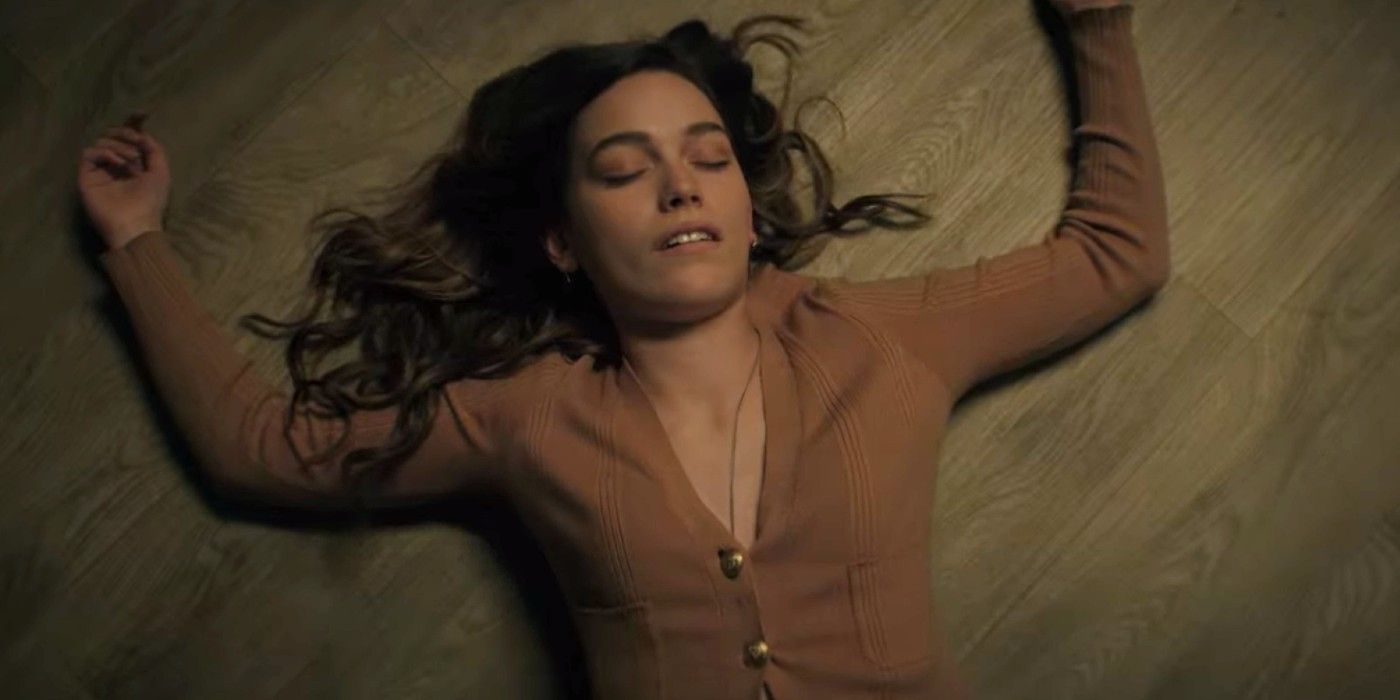
You season 3 goes some way into exploring Joe’s origin story in a new way, giving him some insight into why he craves the power over his victims that drives him, but stops short of offering him the realization that he will never be happy with any of his “conquests”. As soon as the chase is over, Joe will always become bored and look to his next possible victim, who could still feed his saviour complex from afar, without the stability and mundanity of familiarity. Joe isn’t just stalking women, he’s stalking the happy ending and the validation from his mother he feels he’s due, and settling down destroys his opportunity to do that, blunting his edge.
On top of that, the reality of Love is nothing like the fantasy he’d created in his own head that had been fed by his need to save her. As soon as she revealed that she could be just like him, he was repulsed, almost killing her but choosing not to because of her shock reveal of her pregnancy. From there on, Joe was simply playing a role, performing to fit in and be what he thought he needed to be to save his son from becoming just like him. But his quick infatuations with Natalie and then Marienne proved without doubt that it was all a lie hiding his true impulses. Now that Love has been removed from the scene, Joe can continue to chase what he will never achieve: satisfaction in his “hunt”. Additionally, Love’s death at the end of You season 3 potentially gives season 4 its antagonist, as the Quinn family are unlikely to allow his death to go fully investigated, which may put them on a collision course in France when Joe Goldberg returns.
How Squid Game Stays A Secret Despite So Many People Going Missing
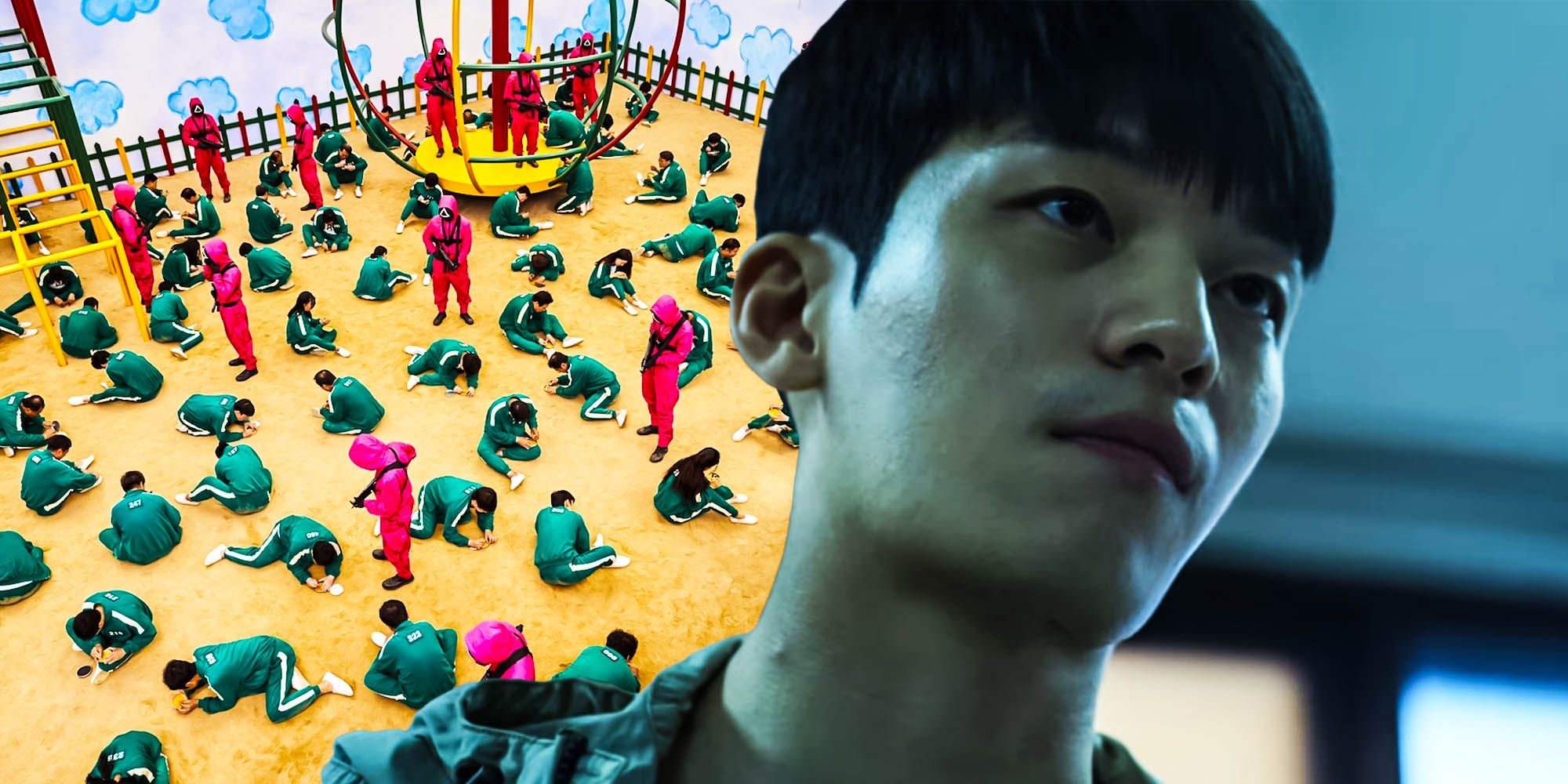
Netflix’s Korean survival drama Squid Game has captured the imagination of a global audience, but how exactly does the game stay a secret despite so many people going missing? The Netflix smash hit establishes that a group of wealthy individuals recruit competitors with massive debts to vie for Squid Game‘s 45.6 billion Won prize, and it follows 456 of these competitors as they engage in the titular games. The premise of the game – and the show – is that 455 participants will die during the games, leaving one winner to take the prize money, pay off their debts, and live in comfort for the rest of their life.
Through the investigation of Jun-ho, a policeman who infiltrates the game disguised as one of its masked workers, it’s revealed that the games have been running for 30 years. Assuming that each game has around 400 participants and (as the epilogue implies) that one occurs roughly once per year, that would mean an estimated body count of 11,970 – which is an awful lot of missing people to cover up. The theory that Jun-ho is still alive might see him bring the game’s existence to light in a potential Squid Game season 2, but the real question is: just how has it been kept a secret for so long?
The show does imply an answer, but it’s one that requires a lot of clarification. The game is run by the Front Man – later revealed to be Jun-ho’s brother, In-ho – but it exists in order to entertain some of the world’s wealthiest and most powerful people, known in Squid Game as the VIPs. With this level of financial backing behind it, it can be surmised that large sums of money are able to secure the game’s continued existence. Squid Game‘s Old Man twist reveals that Oh Il-nam, also known as Player 001, is the game’s founder, but it doesn’t specify exactly how he has been able to keep it hidden for so long – although one of the most likely answers lies within the show’s narrative theme.
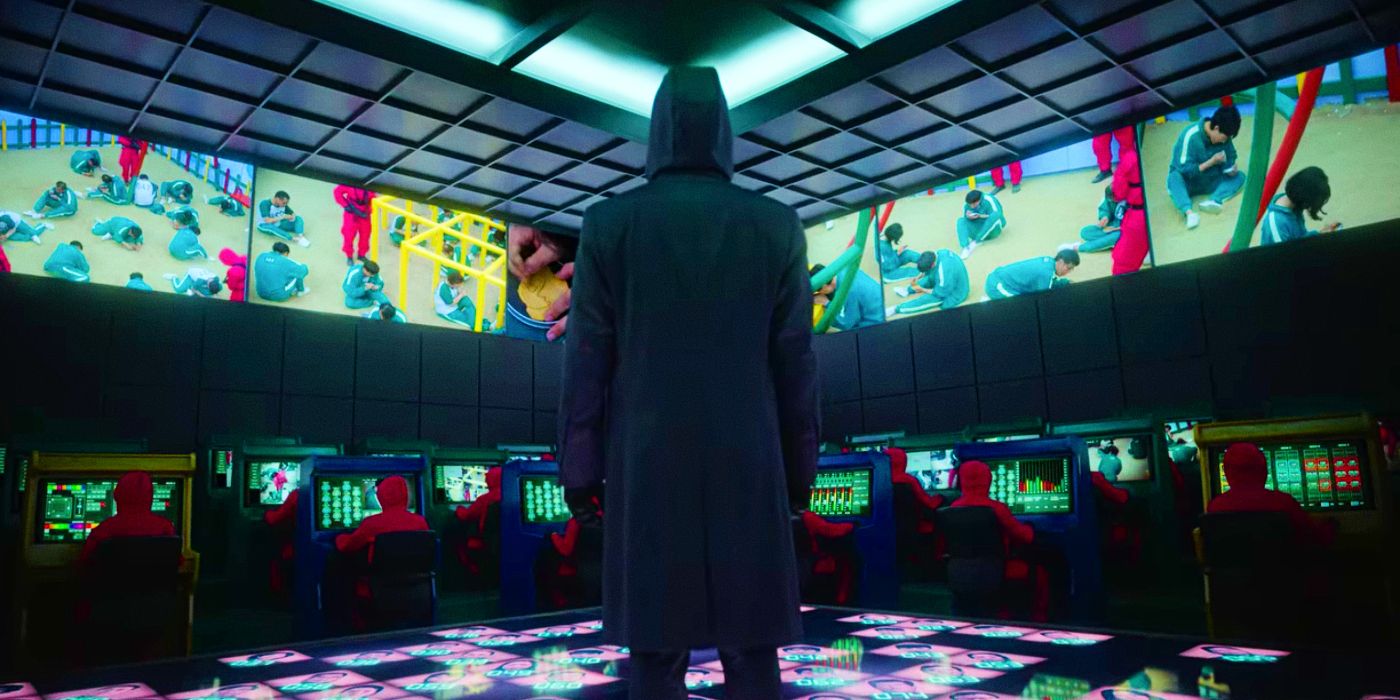
Squid Game‘s story is rooted in South Korea’s class divide and highlights the massive disparity of wealth within the country as well as examining the way in which the wealthy look at the people they deem beneath them. The most likely explanation for how the game remains a secret is that its selected players are all desperate people whose disappearance can be easily explained – Sang-woo is wanted by the police, Sae-byeok is a North Korean defector, and Gi-hun is a gambling addict with massive debt. The common theme is that Squid Game‘s cast of characters all exist on the bottom rung of a society that doesn’t value them and that their disappearance will largely go unnoticed.
This is evidenced in episode 2 when Gi-hun approaches the police, and they laugh him off. They dismiss his story as outlandish as he has no real credibility, with only Jun-ho willing to investigate in an unofficial capacity in hopes of finding his brother. It certainly appears that choosing its competitors carefully is key to the game’s continued secrecy, but it may even be more important that its workers are chosen carefully. From the events Jun-ho witnesses during his infiltration of the island, it’s clear that complete obedience is required of the workers, and steps are surely taken to choose Squid Game‘s workers carefully in order to ensure their silence.
It seems that Squid Game‘s VIPs are the largest contributors to the game’s ability to remain hidden, but this is something that’s implied rather than stated. However, money and influence alone can’t guarantee silence, so it’s most likely that the game employs other contingencies against those seeking to expose it. Exactly what those methods might look like will surely come into play in Squid Game‘s hypothetical season 2, as Gi-hun made his intentions to expose the game all too clear.
How Star Wars LEGO Special Pokes Fun At Kylo Ren’s Need For Wearing A Mask
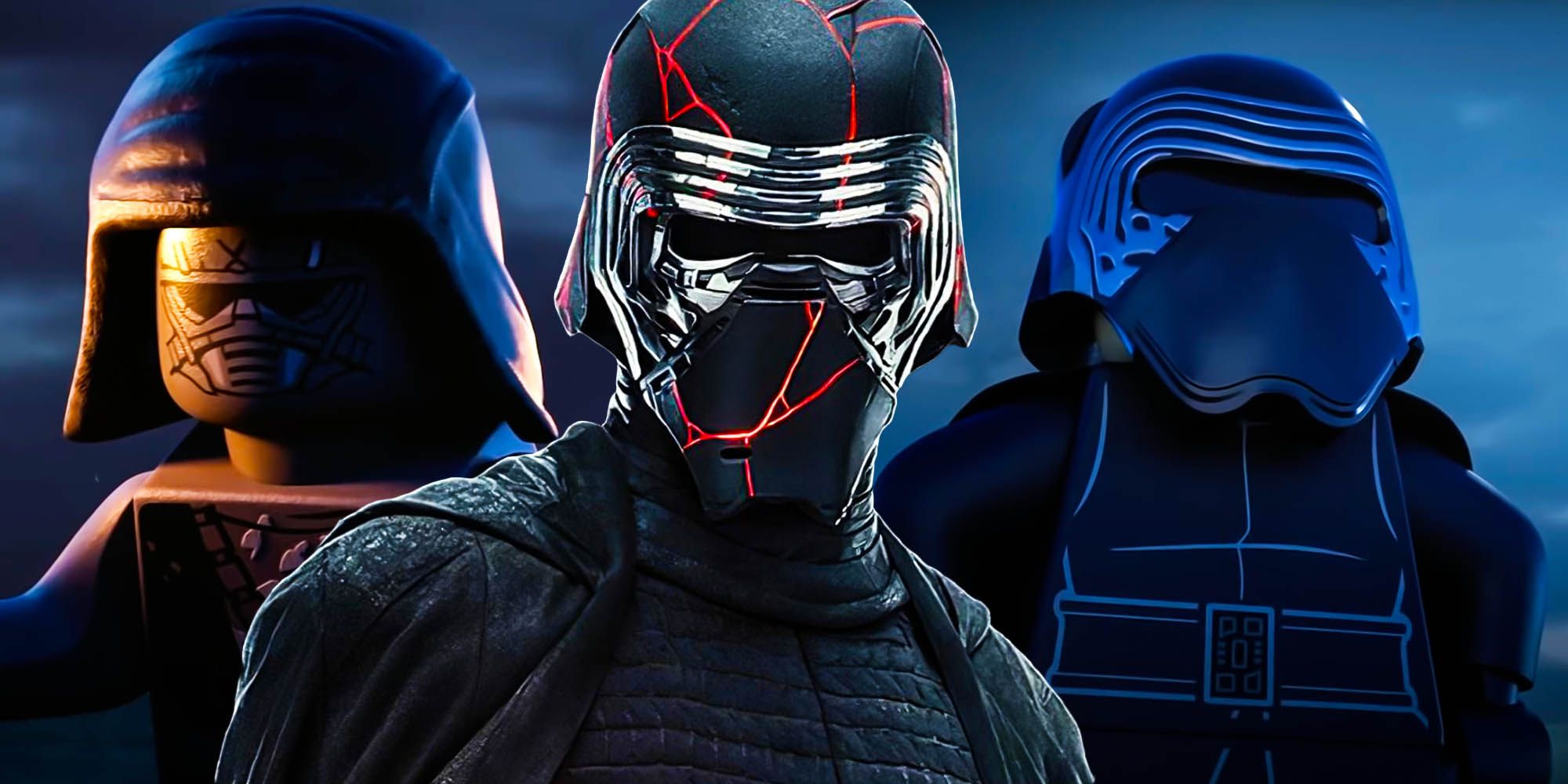
LEGO Star Wars: Terrifying Tales, the latest comedic holiday-themed Star Wars television special, is the latest official property to poke fun at Kylo Ren’s mask. Kylo Ren, formerly Ben Solo, is one of the main antagonists of the Star Wars sequel trilogy, despite often being the subject of mockery both in-universe and in the real world. Like Darth Vader, Kylo Ren is a powerful dark side user who wears a menacing armored mask. Though Vader wore his mask as part of a cybernetic survival suit, Kylo wears his for a variety of other reasons — namely, vanity.
Darth Vader, the grandfather of Ben Solo, was a Sith Lord who required his suit following grievous injuries sustained in a battle against Obi-Wan Kenobi. As Kylo Ren, Ben Solo worshipped Vader, but there were numerous differences between the two. Kylo was never a Sith. He was a Knight of Ren using the dark side with a different philosophical outlook from the Sith. While Vader resigned himself to his new Sith identity, Kylo craved his, killing and sacrificing everything any everyone necessary to ascend to his position as Master of the Knights of Ren.
The humorous take on Kylo Ren’s origin in the non-canon Terrifying Tales took some inspiration from the canonical four-issue Star Wars: The Rise of Kylo Ren comic series, with Ben becoming intrigued by the Knights of Ren during his Jedi days. In the LEGO parody, Ben joins the marauding gang, but receives his armor, robes, and mask immediately, since the Knights needed to maintain an intimidating appearance. Though it wasn’t meant to be taken seriously, this iteration of Kylo Ren wears his mask for similar reasons in the Star Wars canon universe.
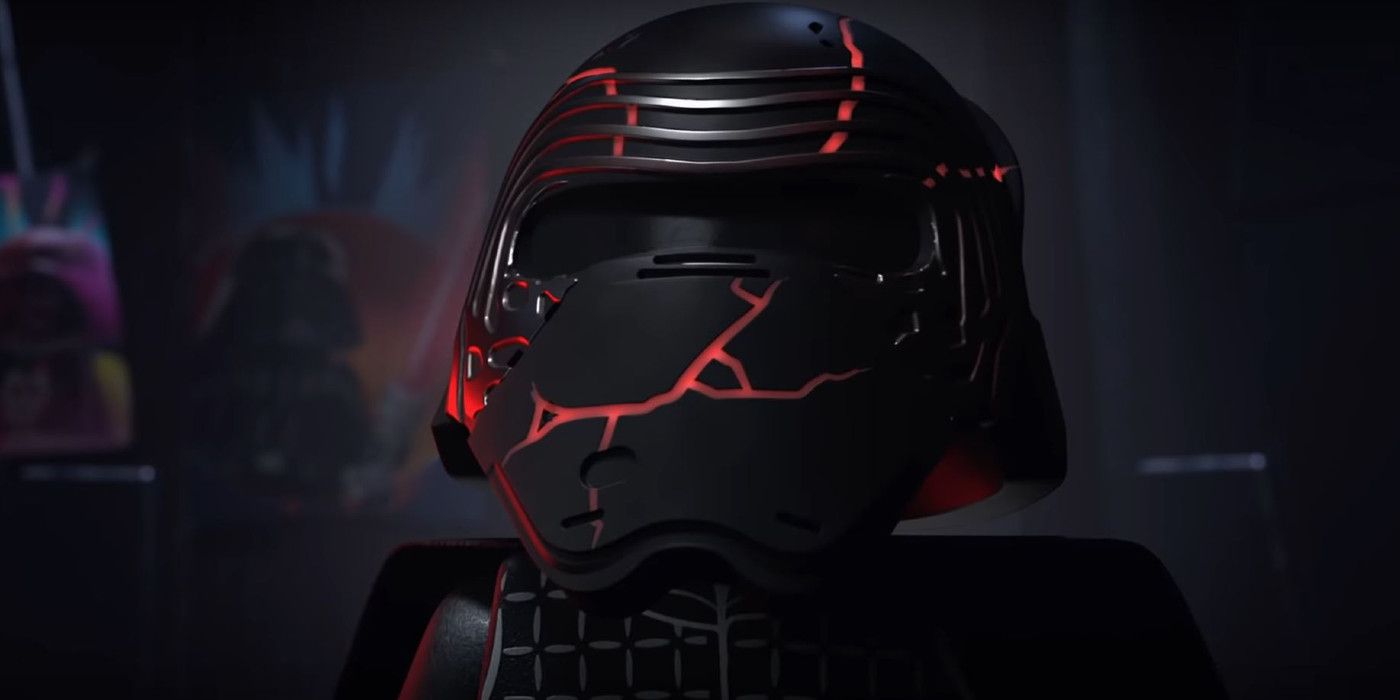
There were several reasons why Kylo wore a mask in the Star Wars sequels, but the main one is that all Knights of Ren wore armored suits, complete with battle helms. After renouncing his ties to the Jedi, Kylo usurped Ren as the Knights’ new leader and devoted himself to their philosophy and customs, including the use of an armored mask. Aside from indicating his affiliation with the Knights and protecting his head, Kylo’s mask served another, more sentimental, purpose.
Kylo Ren worshipped his grandfather, Darth Vader, seeking to become a similarly fearsome dark side user, thanks in part to telepathic goading by Darth Sidious. When wearing his armored mask, which deepened his voice, Kylo felt more like Vader. Kylo’s dark side master, Snoke, brutally criticized Kylo in the comics and films for his attempts to mimic his grandfather.
Snoke, along with Poe Dameron, also complained about the mask’s distortion of Kylo’s voice, making it the subject of frequent criticism in-universe. Aside from Kylo Ren’s desires to follow in Vader’s footsteps the traditional helmets worn by the Knights of Ren were meant to strike fear into their victims. This makes the satirical reason for Kylo Ren wearing his mask fitting in LEGO Star Wars: Terrifying Tales, as both he and the Knights of Ren were concerned with appearances.
Best Anime Anthologies To Watch | ScreenRant
With the release of Star Wars: Visions, an interest in anime anthologies is bound to be generated. The scope is very wide when it comes to anime anthology films and series as they incorporate themes from sci-fi, horror, and local Japanese folklore. Barring a few American productions like Love, Death, & Robots, most of these anime anthologies are the result of Japanese animation but they are regarded as cult classics all over the globe.
RELATED: The 10 Best Anthology Movies Ever Made
The fluid actions and rich environments behind such anthologies make for a perfect binge session. The short duration of the episodes and film segments make the viewing experience more user-friendly.
10 Star Wars: Visions (2021) – Available On Disney+
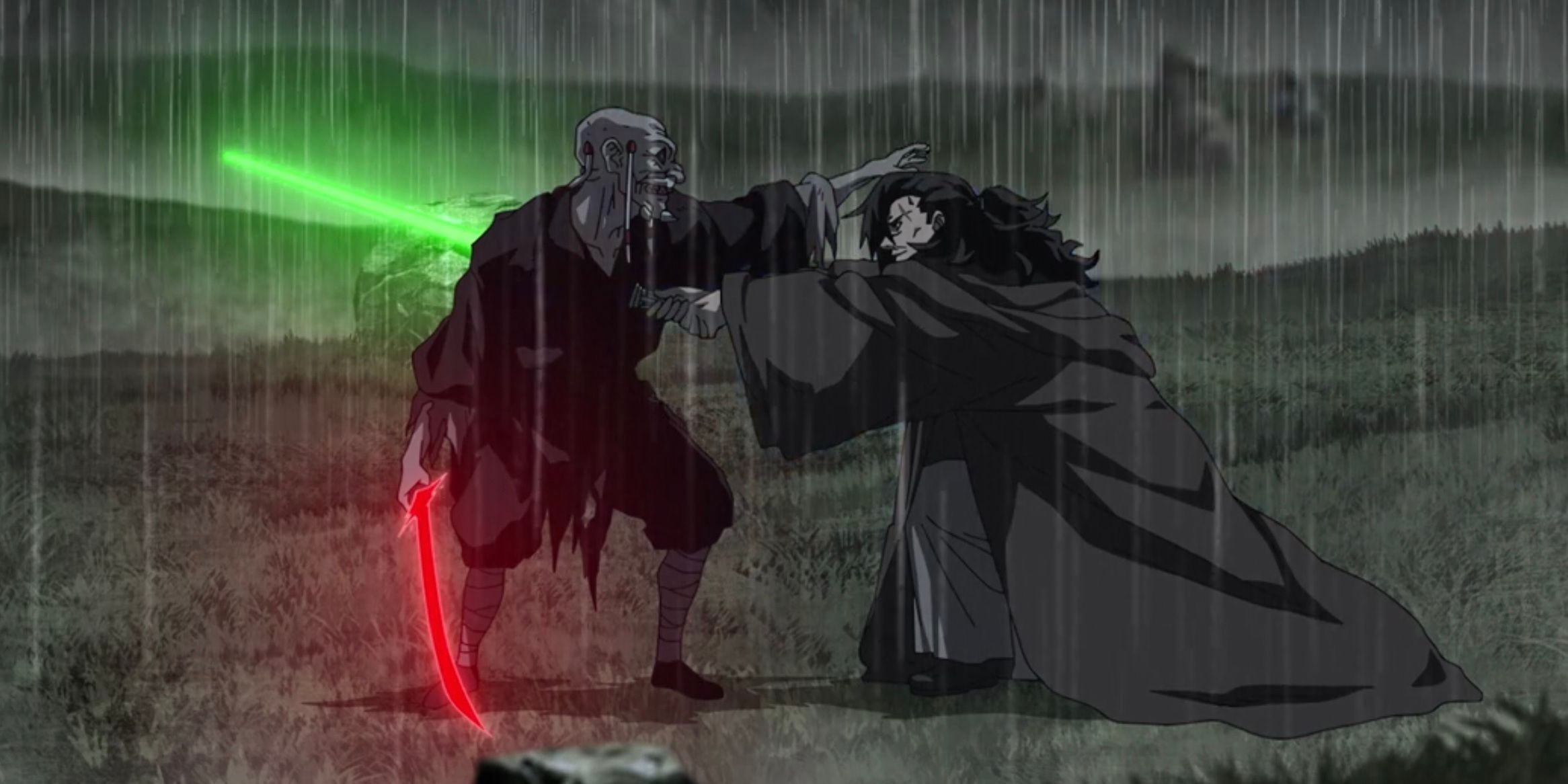
From samurai-style lightsaber duels to musical performances for Jabba the Hutt, Star Wars: Visions has a lot of new experiences to offer to dedicated fans of the franchise. The animation varies from realistic to cartoonish but the Japanese roots of anime remain intact.
Back when George Lucas was directing the first Star Wars film, BBC reports he was inspired by Akira Kurosawa’s landmark samurai films like Hidden Fortress. And now, this Lucasfilm production seems like the perfect tribute to Japanese culture and anime.
9 Flavors Of Youth (2018) – Available On Netflix

Flavors Of Youth is a set of three stories set in China, using food as a metaphor. Each character reminiscences about a certain youthful memory as the film celebrates beauty in the everyday monotony of life.
If viewers wish to unwind and watch an aesthetically pleasing anime anthology, Flavors Of Youth would be a perfect pick. Its segments can even be compared to an emotional Studio Ghibli film experience barring the fact that the narrative is devoid of fantasy elements. Instead, it brings out humor and romance within mundane experiences of love, friendship, and family.
8 Love, Death, & Robots (2019-) – Available On Netflix
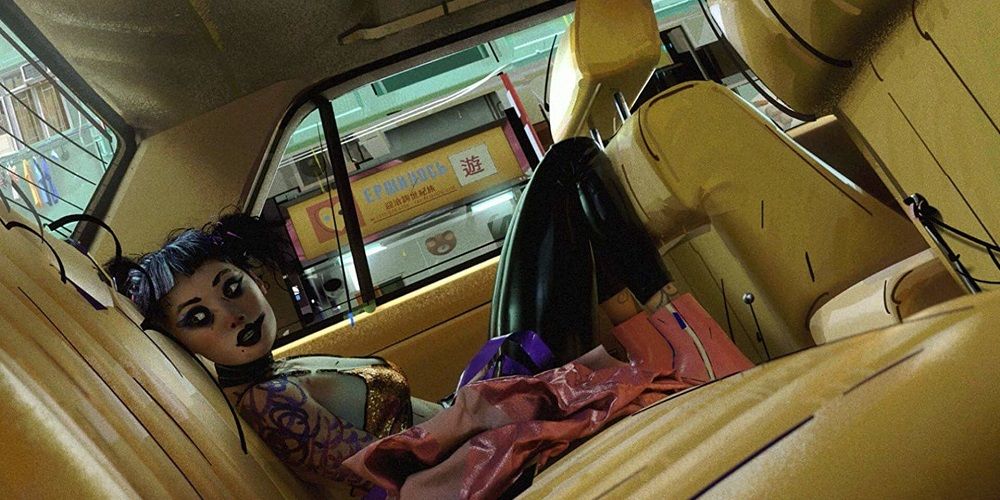
The short segments in the two seasons of Love, Death & Robots serve as bizarre and surreal tributes to the sci-fi genre as a whole. Even though the Netflix original sci-fi show also makes use of other animation formats like cel-shaded and CGI, a few major episodes are heavily influenced by the cyberpunk anime aesthetic.
“Good Hunting” is a great example as it incorporates the steampunk genre to tell the story of a young inventor’s friendship with a fox spirit. “The Witness” is another episode that plays out like a new-age 3D anime, filled with chaotic energy and adrenaline-heavy chase sequences.
7 Memories (1995) – Available On Peacock
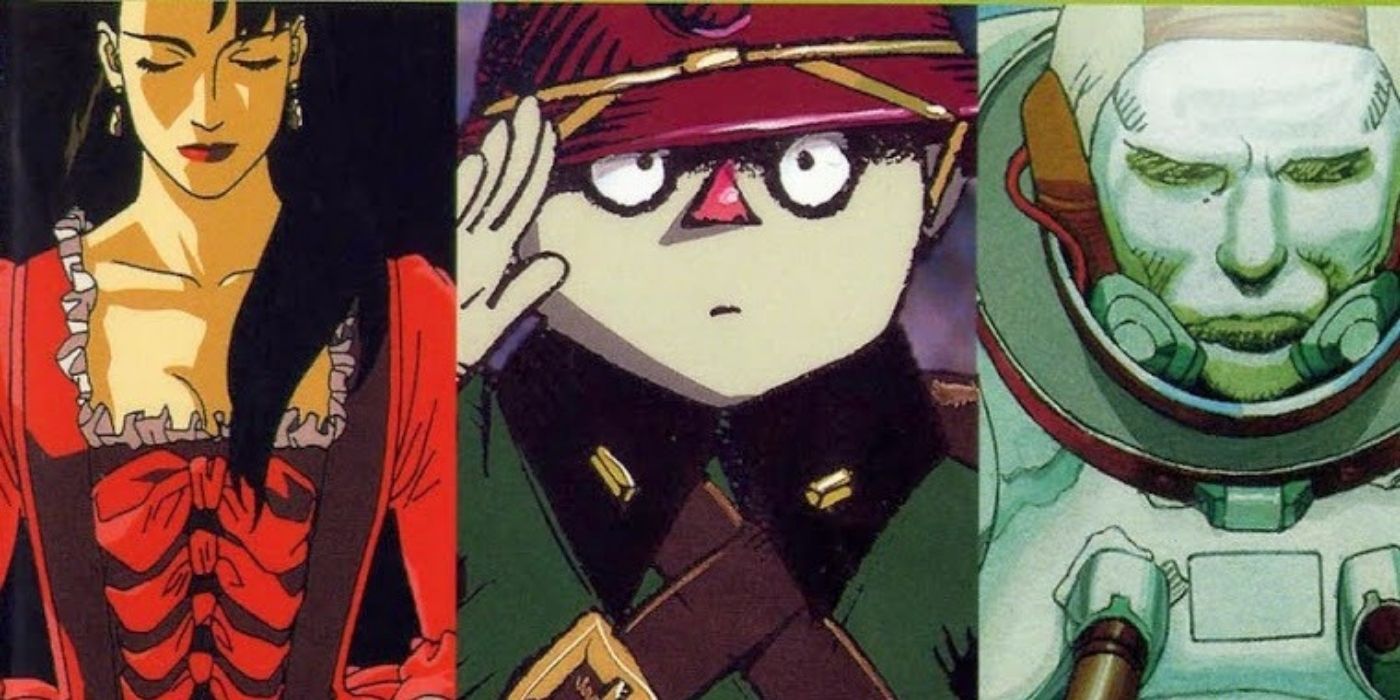
Three sci-fi stories make up this cult classic of an anthology film. Each of the films is directly inspired by executive producer Katsuhiro Otomo’s manga short stories. The themes that Memories cover include artificial intelligence and the downside of nuclear weapons. If one chapter is about a simulated world built out of a woman’s memories, the other is about a town that fires cannons every day at an unknown enemy.
RELATED: 10 Best Anime Movies Like Your Name
The animation and overall philosophy of Memories have aged well. When it comes to anthology cinema, Memories can be watched as a companion film with other Otamo compilations like Neo Tokyo and Robot Carnival.
6 Theatre of Darkness: Yamishibai (2013) – Available On Crunchyroll
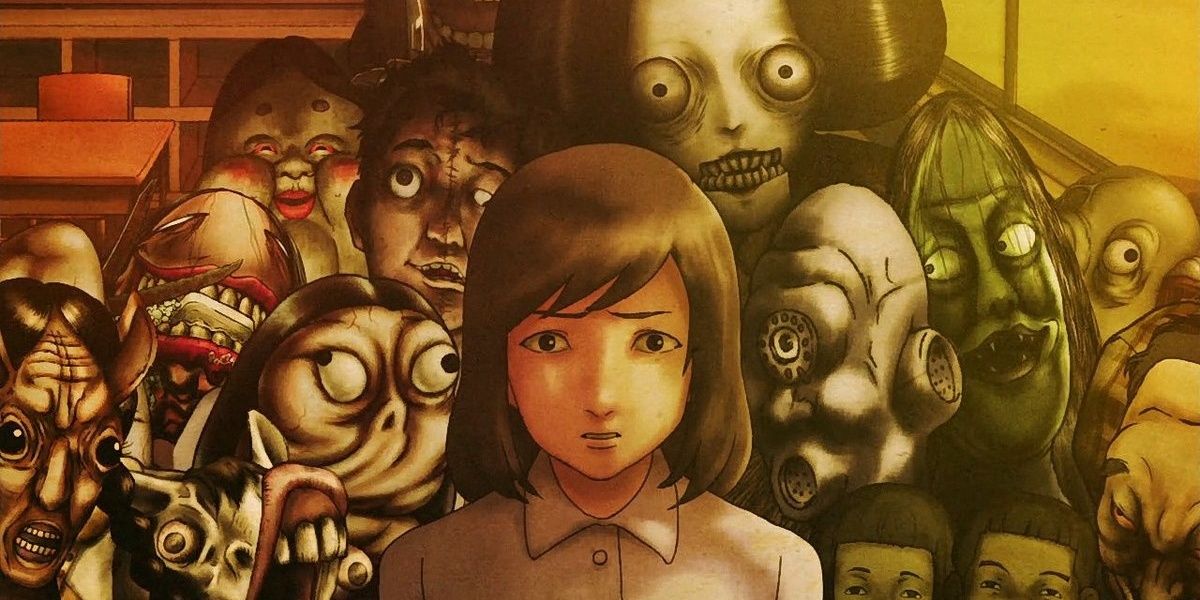
Yamishibai is a horror anthology TV show that includes extremely short and twisted tales of the supernatural. As each story lasts for a little over 3 to 5 minutes, it is easy to binge at once. But despite the short length of each episode, the third act in each does leave an impact on the viewer.
For non-Japanese viewers, it is also a portal to the country’s local culture as most of the stories are derived from Japanese folklore and urban myths. With 91 episodes, Yamishibai is the perfect portal to animated Japanese horror.
5 Genius Party (2019) – Available On Kanopy
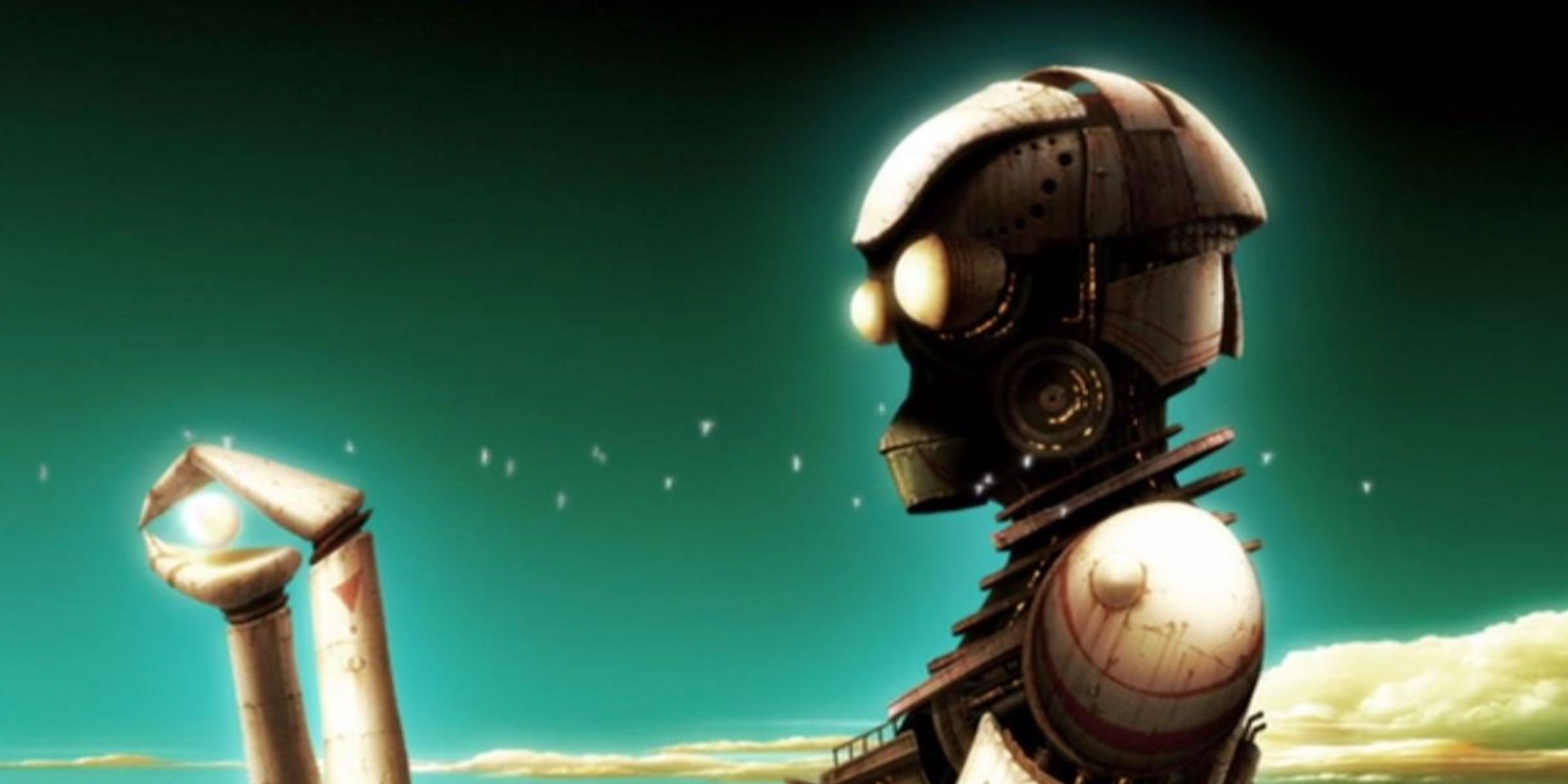
Like Star Wars: Visions and Love, Death, and Robots, each chapter of Genius Party follows a distinctive form of animation. Apart from the usual themes, a few memorable short films also explore the different dimensions of childhood.
RELATED: 10 Anthology TV Series That Will Change The Way You Think About Television
A case in point is Happy Machine that describes the naivety of childhood while Deathic 4 interprets darker truths from a child’s perspective. Visually spectacular and thematically profound, Genius Party has plenty of thrills to offer.
4 Short Peace (2013) – Available On HiDive
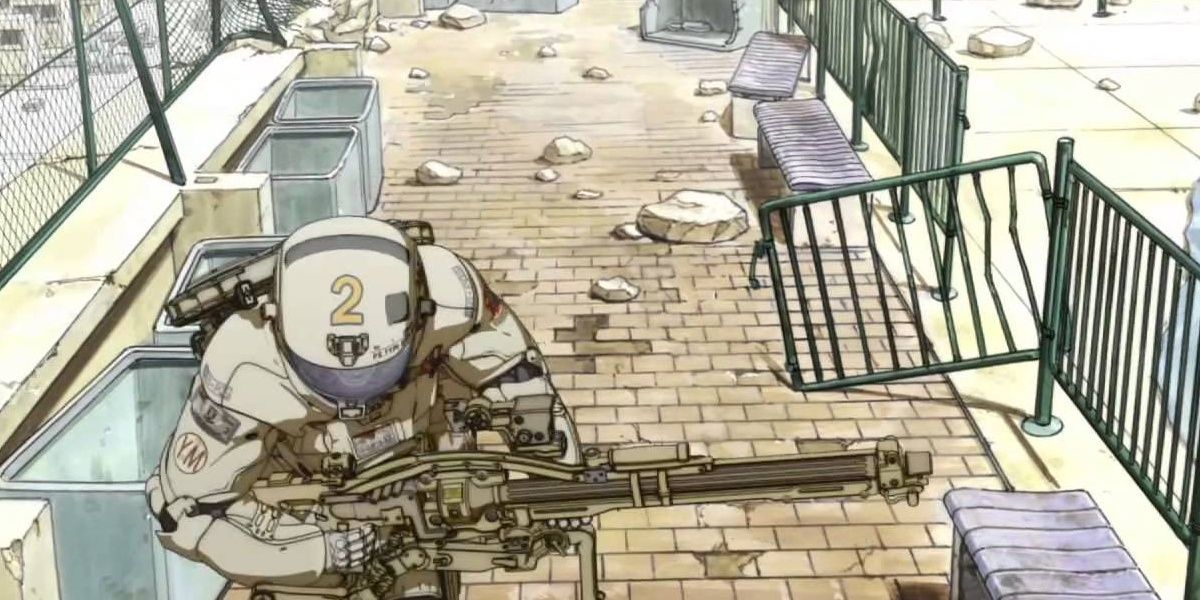
Worlds collide with four short stories set in different time periods of Japan. In Short Peace, a polar bear defends a royal feudal family while soldiers battle a robot in a futuristic dystopia. Such premises make it a perfect blend of sci-fi and fantasy.
Short Peace is quite a unique entry on this list as it not only includes four anime short films but also a video game. Anime fans might also check it out for the fact that it was produced by Sunrise, the legendary anime studio that was behind Cowboy Bebop and Gundam.
3 Modest Heroes (2018) – Available On Netflix
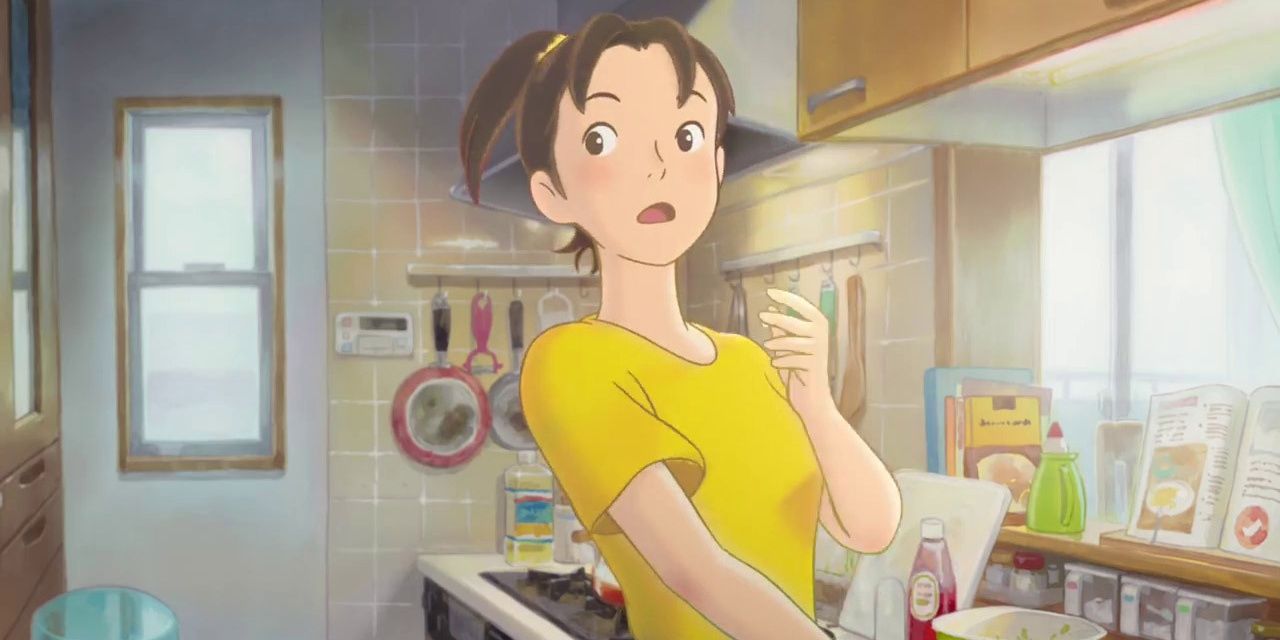
Modest Heroes shifts between fantasy and real-life with three binge-worthy stories. The first one deals with crab siblings who are forced to live on their own while the second film is centered upon a boy allergic to eggs. In the final segment, an introvert starts losing his identity and even his physical body.
RELATED: 10 Best Anthology Shows, Ranked By IMDb (And Where To Stream Them)
In all three cases, a common element is solitude. Even though the characters live in bustling environments, they all share a sense of loneliness and yearn to find solace in their own ways. All in all, it is a family-friendly anthology with optimistic messages.
2 Batman: Gotham Knight (2008) – Available On HBO Max
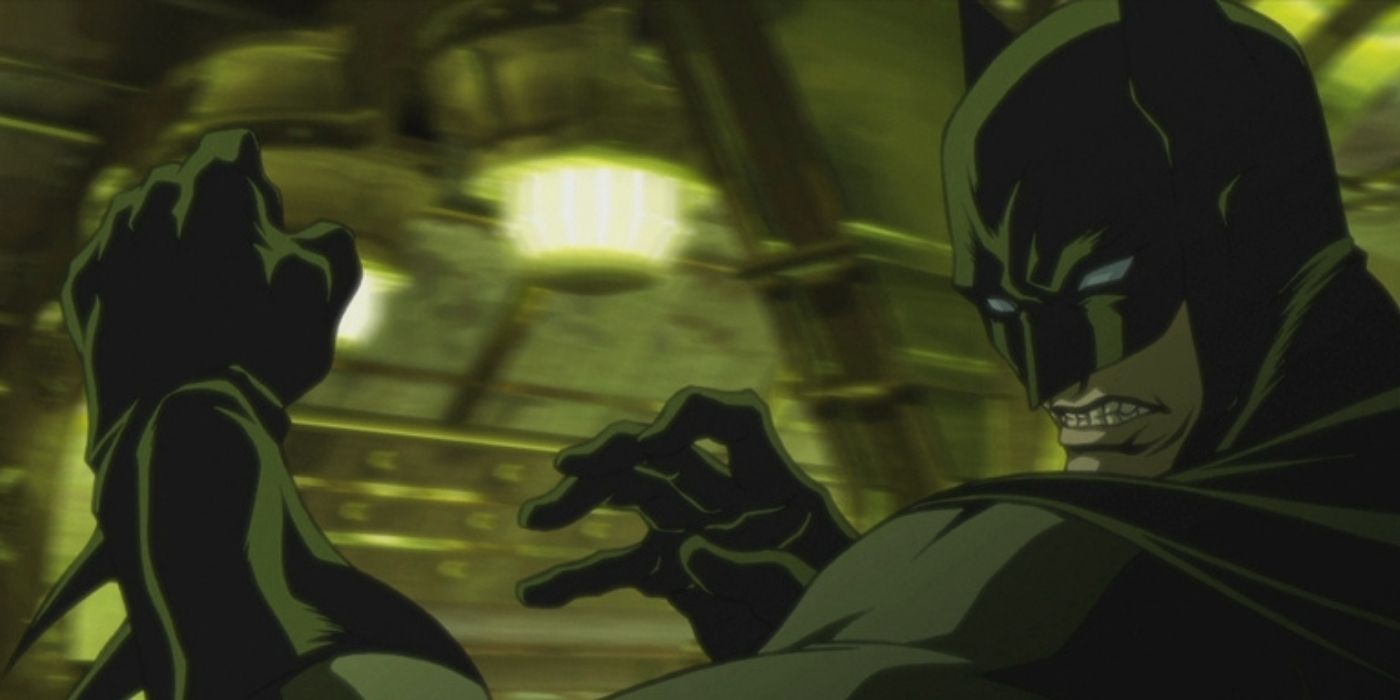
There have been a lot of animated Batman films but Gotham Knight was the first attempt in adapting the caped crusader for the anime format. Interestingly, the film isn’t even set in the continuity of the DC Animated Universe but serves as a middle chapter between Christopher Nolan’s Batman Begins and The Dark Knight.
Each of the six adventures incorporates a dark and mature approach that suits the Batman mythos while legendary voice actor Kevin Conroy reprises his role as the titular hero. Anime studios like Madhouse and Production I.G. handled the sleek and detailed animation of the anthology.
1 Robot Carnival (1987) – Available On Peacock
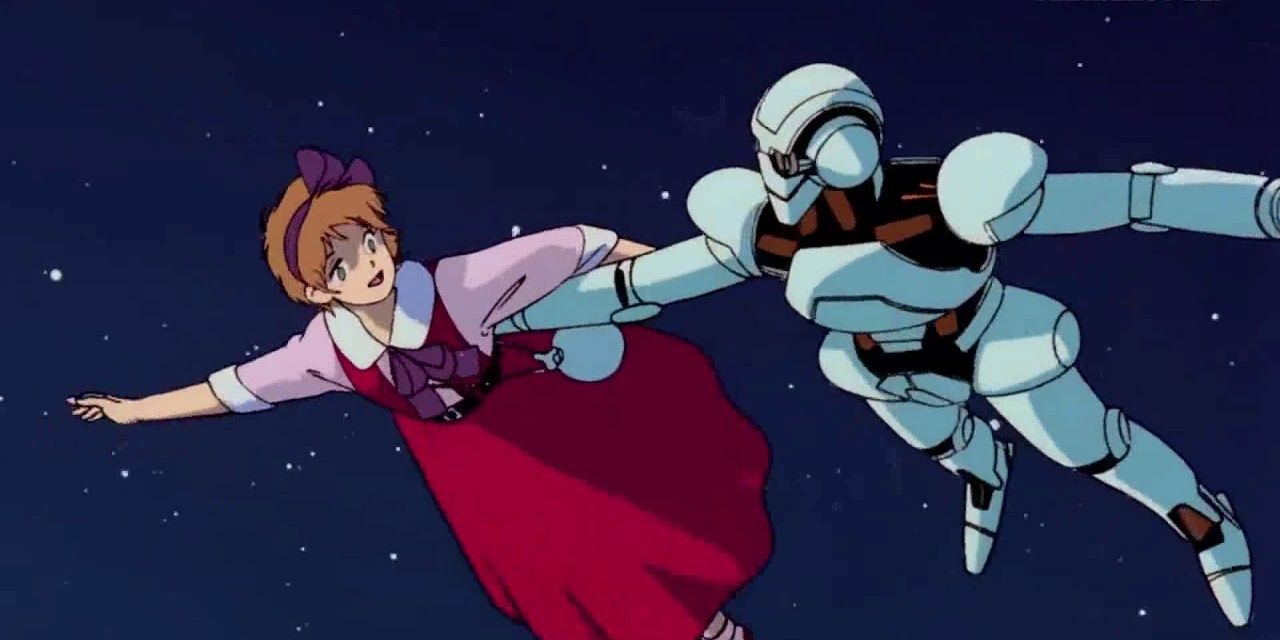
Horror Romance. Sci-fi. Coming-of-age. Such genres are explored in vastly different storylines in the 1987 classic Robot Carnival. As the title suggests, each of these arcs is united by a common theme of robots. An android can be good, evil, or even both, depending upon each case.
Given that several directors were involved in the segments, it is fascinating to see their ’80s-era viewpoint on robotics. While it has its philosophical moments, the robot-centric stories also have a lot of heart, unlike their emotionless subjects.
NEXT: 10 Things To Watch By The Anime Studios That Made Star Wars Visions
from ScreenRant – Feed https://ift.tt/3miVX21 https://ift.tt/3mlvlNN
Marvel’s Spider-Man 2 Venom Fight Receives Clever Twist Idea From Fan
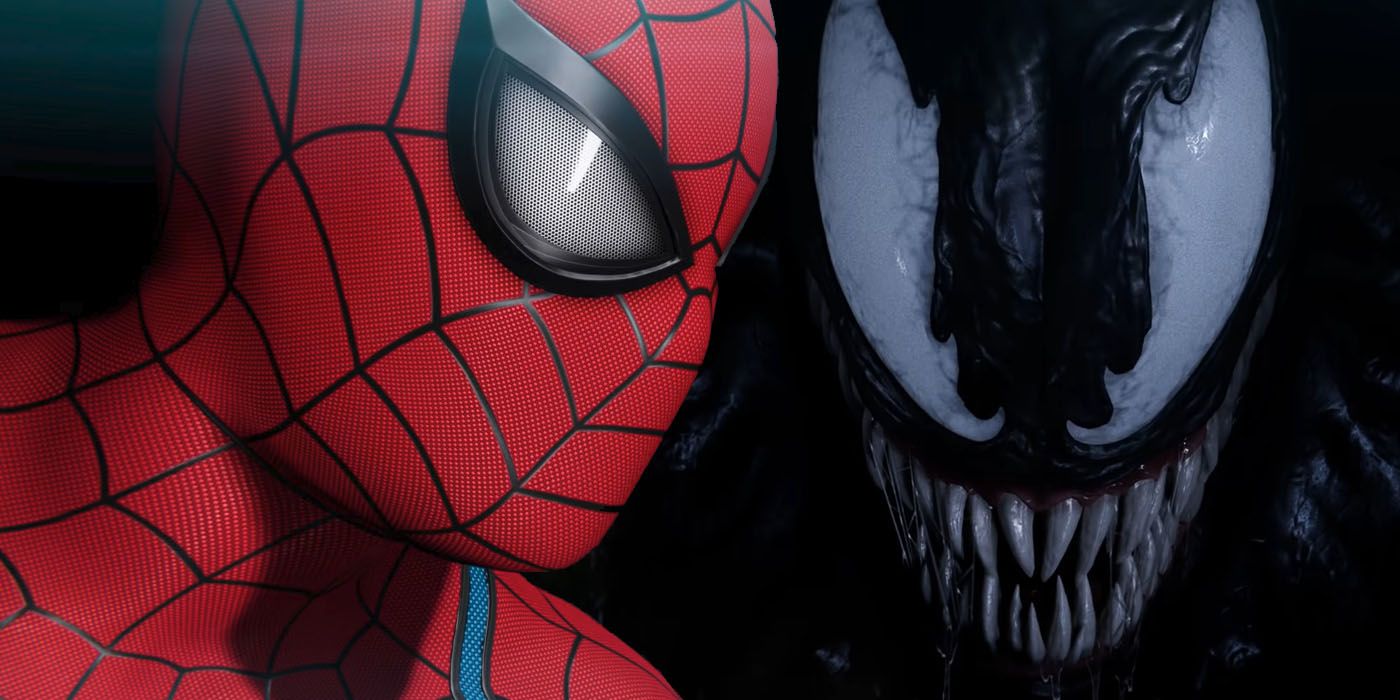
With Venom confirmed to appear in Marvel’s Spider-Man 2, one fan is sharing their own ideas for how the inevitable boss battle with him could play out. The longtime foe of Peter Parker and his heroic alter-ego wowed viewers when he emerged from the shadows during the Marvel’s Spider-Man 2 trailer at last month’s PlayStation Showcase livestream, menacing Peter and Miles Morales after they had finished taking down their latest batch of criminals in an impressive display of the PS5’s graphical capabilities.
Whether it’s the traditional Eddie Brock or Peter’s best friend-turned-tragic enemy Harry Osborn (as the end credits scenes from Insomniac’s previous two Spider-Man titles seem to indicate) within the monstrous black Symbiote that grants Venom his power, the popular villain has always been one of Spider-Man’s most dangerous foes – thanks in no small part to the fact that the Symbiote was previously bonded to Peter before being rejected by the hero. This past relationship gave the Symbiote all of Peter’s memories, making it all too easy for Venom to torment the web-slinger by targeting his friends and loved ones. Even worse, it rendered the Symbiote completely immune to Spidey’s trademark, danger-detecting Spider-Sense, allowing Venom to ambush Peter at any time and making his attacks difficult for the hero to predict and defend himself against. The character is set to be just as intimidating in the new game, especially because the legendary Tony Todd is set to voice Venom.
Related: Every Marvel Game Releasing After Guardians Of The Galaxy
According to Game Rant, Reddit user PineappleTargaryen recently pointed out that Spider-Man’s inability to detect Venom with his Spider-Sense could make for an interesting and challenging encounter if and when players have to battle the Symbiote-infected villain during Marvel’s Spider-Man 2. In a post on r/SpidermanPS4, PineappleTargaryen suggests that during the boss fight against Venom, Spidey’s Spider-Sense ability simply shouldn’t go off at all, requiring Peter (and by extension, the player) to pay extra close attention to Venom’s attacks if he wishes to survive.
However, there’s one potential story obstacle to Insomniac implementing this in Marvel’s Spider-Man 2: unlike in the mainstream Marvel continuity, Insomniac’s version of the Symbiote doesn’t appear to be an alien but rather a scientific creation of Norman Osborn and Dr. Curtis Connors – not unlike how it was portrayed in the Ultimate Spider-Man comics. Furthermore, the post-credits scenes for Marvel’s Spider-Man and Spider-Man: Miles Morales seem to depict the Symbiote bonding to Harry right away, without spending time as Peter’s famous Black Suit beforehand.
Of course, Insomniac could come up with some sort of alternative story-based reason why Peter can’t detect Venom with his Spider-Sense: perhaps the Symbiote was somehow created with Spider-Man’s blood/DNA, or the creature temporarily leaves Harry to infest Peter at some point during Marvel’s Spider-Man 2. In any case, having Spidey unable to sense Venom’s moves as he does with virtually all of his other enemies would make for a challenging boss battle when Marvel’s Spider-Man 2 swings onto the PlayStation 5 in 2023.
Next: Wolverine Could Move Marvel Games Out of Batman Arkham’s Shadow
Source: Game Rant, PineappleTargaryen/Reddit
from ScreenRant – Feed https://ift.tt/3uCfvlx https://ift.tt/3uAhU06
Only Goku and Vegeta’s Fusion Can Surpass Dragon Ball’s God of Destruction
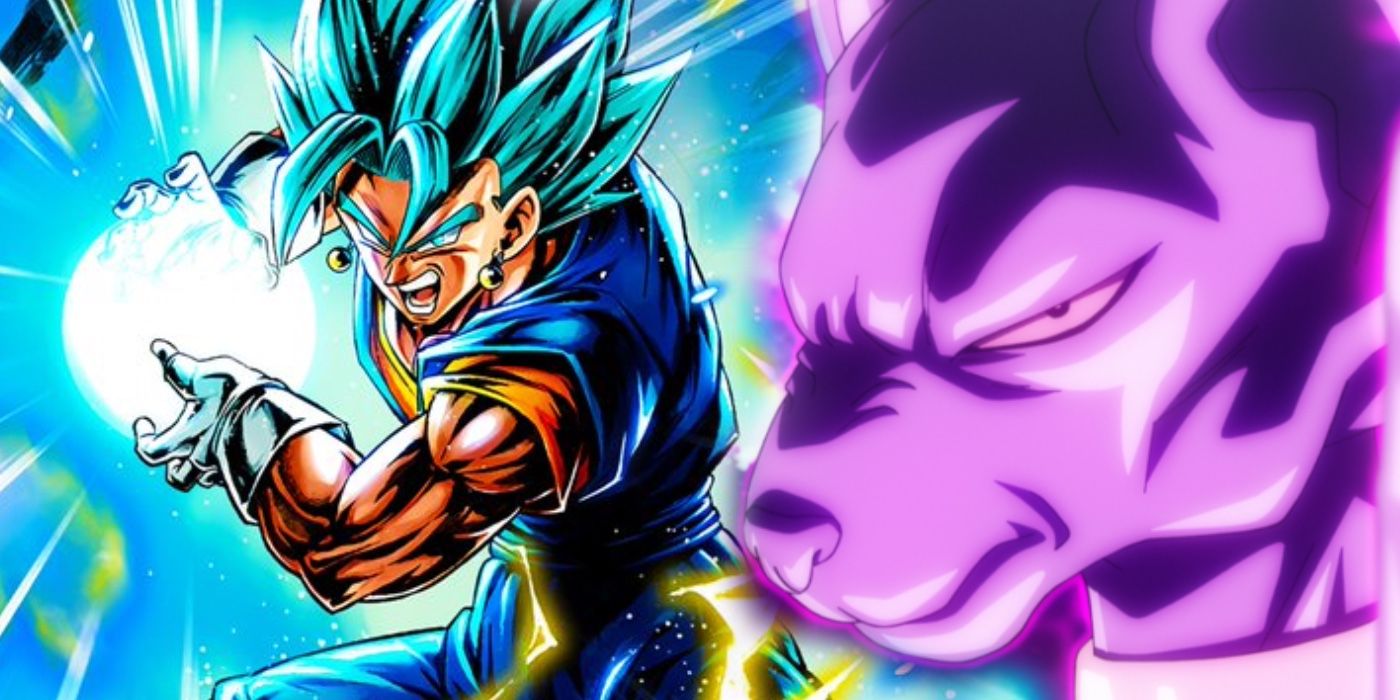
In Dragon Ball Super, Goku and Vegeta are still working to master their respective god-like powers, from Goku’s Ultra Instinct to Vegeta’s power of destruction. Even before the Saiyans knew such power was even attainable, they still tangled with beings wielding power beyond their understanding, including the God of Destruction himself, Lord Beerus. At the beginning of Dragon Ball Super, both Goku and Vegeta fought Beerus in an attempt to save their world. While the outcome of their experience with Beerus made both Saiyans reach new levels of power, most notably Goku who was the first to break through the barrier of Super Saiyan God, they were no match for Beerus. Since their first encounter, however, their power levels have grown exponentially, and if they were to fuse together, they could conceivably defeat the God of Destruction.
After meeting Lord Beerus as the God of Destruction threatened to destroy the Earth in Dragon Ball Super: God of Destruction Beerus Saga by Akira Toriyama, Goku and Vegeta begin training with the being that is responsible for training Beerus himself, the angel Whis. Initially, Goku and Vegeta train with Whis together, both working towards achieving the angel’s greatest move, Autonomous Ultra Instinct. After their powers are put to the ultimate test while battling some of the most powerful fighters in the multiverse, it becomes clear that Goku and Vegeta should focus more on their respective strengths rather than work to achieve the same goal.
Related: Goku and Vegeta Can’t Beat Dragon Ball’s Most Powerful Being, Zeno
To that end, Goku achieves the coveted Ultra Instinct while fighting Jiren in the Tournament of Power and ends up being the very thing that weakens Jiren enough for Universe Seven to claim victory. After the tournament, Vegeta doesn’t go back to training with Whis but calls Beerus his new master as the god teaches the Saiyan the techniques of destruction. Goku studies with Whis to learn the powers of the angels while Vegeta trains with Beerus to learn those of Gods of Destruction, and eventually, their training pays off. Goku is able to use Ultra Instinct more sustainably while Vegeta unlocks the power of destruction.
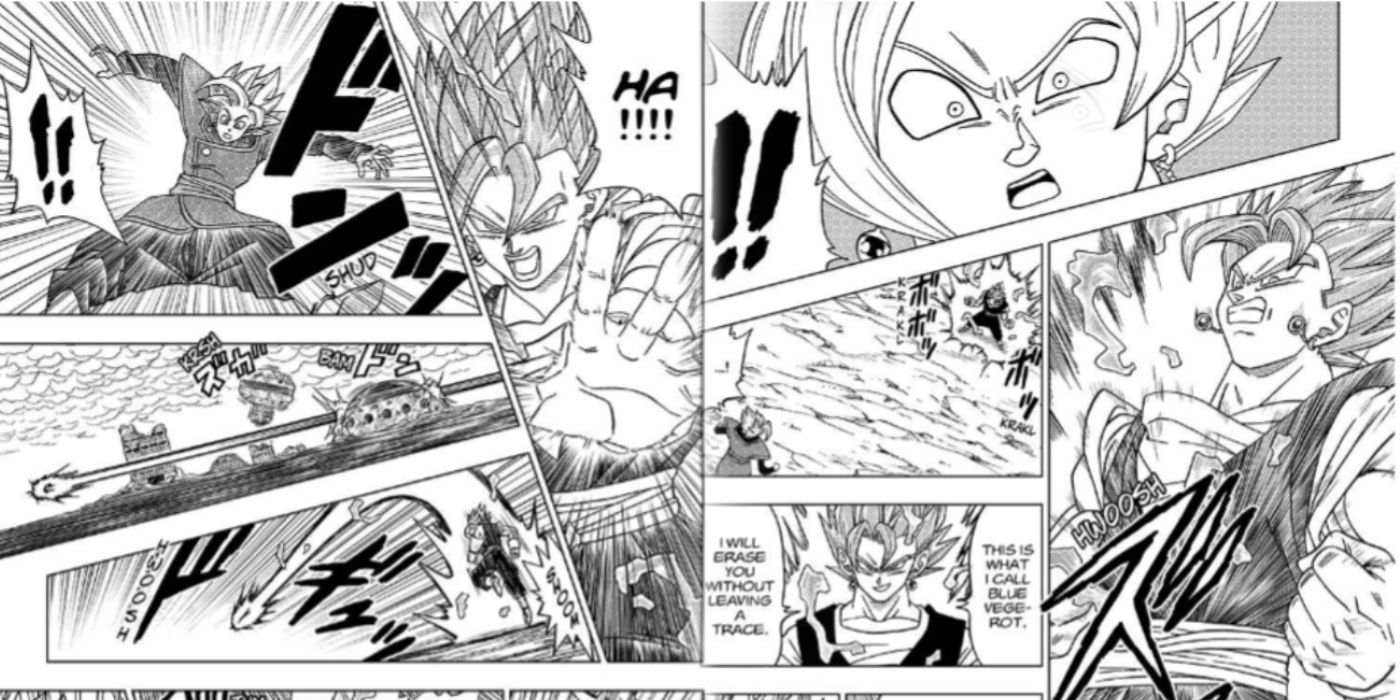
When Lord Beerus fought Goku right after Goku unlocked the power of Super Saiyan God, Whis revealed afterward that Beerus was using seventy percent of his power, something he hadn’t had to do in some time. Back then, Goku couldn’t even reach Super Saiyan Blue and was just beginning to learn Super Saiyan God, and Vegeta was nowhere close to either form. Now, Goku and Vegeta have reached power levels of the Gods of Destructions and of the Angels respectively, so if Beerus had to use seventy percent of his power to fight the weakest version of Super Saiyan God Goku, then it is possible that the combination of Ultra Instinct Goku and God of Destruction Vegeta could defeat Lord Beerus.
While Beerus has never fought the fusion of Goku and Vegeta known as Vegito in his strongest form, the Dragon Ball Super manga confirmed that the previously stated theory is more than plausible. At one point in the series, Vegito’s power level does surpass that of Lord Beerus, though unfortunately just because the power of a Saiyan can surpass another’s doesn’t mean they can beat them in a fight. Saiyans’ incredibly high power levels can drain their energy as fast as it gives them the required strength to defeat their foes. While Vegito may have surpassed Beerus at one point, fans have still never seen the god’s full power against the stamina of Vegito. Only Goku and Vegeta’s fusion can surpass Dragon Ball’s God of Destruction, but whether or not they could actually defeat him has yet to be seen.
Next: Dragon Ball And The MCU Share A Similar Time Travel Problem
from ScreenRant – Feed https://ift.tt/3D35yAA https://ift.tt/3Ad1igo
Every Meditation Spot in Kena: Bridge of Spirits | Tech Crunch
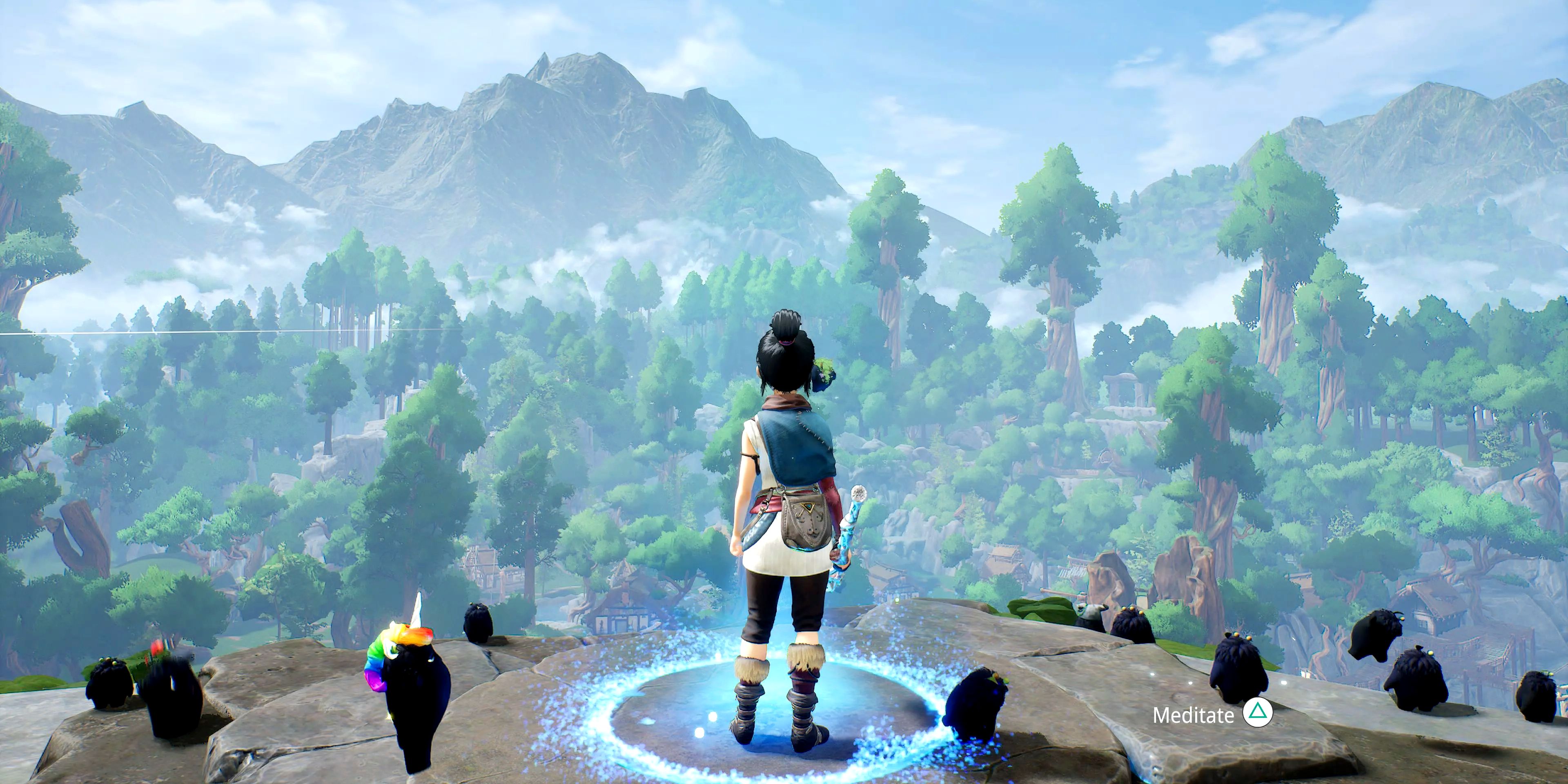
Along with finding collectibles, there are other reasons to explore in Kena: Bridge of Spirits, including to find and make use of Meditation Spots to raise Kena’s maximum HP. There are various quests to complete throughout Kena: Bridge of Spirits, and at least 16 challenging bosses to fight.
The game has 12 Meditation Spots scattered across various areas. Some of them can be difficult to locate, but finding all of them is worthwhile. At each spot, Kena will stop to meditate which permanently increases her health. With bosses like the Corrupt Rot God to fight later in the game, increasing Kena’s health is can have a significant effect on how challenging each boss is. Players can track down the Meditation Spots in seven different areas of the game.
Finding every Meditation Spot in Kena: Bridge of Spirits will take some time. They are located in the Village, Taro’s Tree, Rusu Mountain, the Forgotten Forest, the Fields, the Village Heart, and the Mountain Shrine. Each area has one to three Meditation Spots for Kena to visit and utilize. The spots can be identified by the glowing blue circle found at each location.
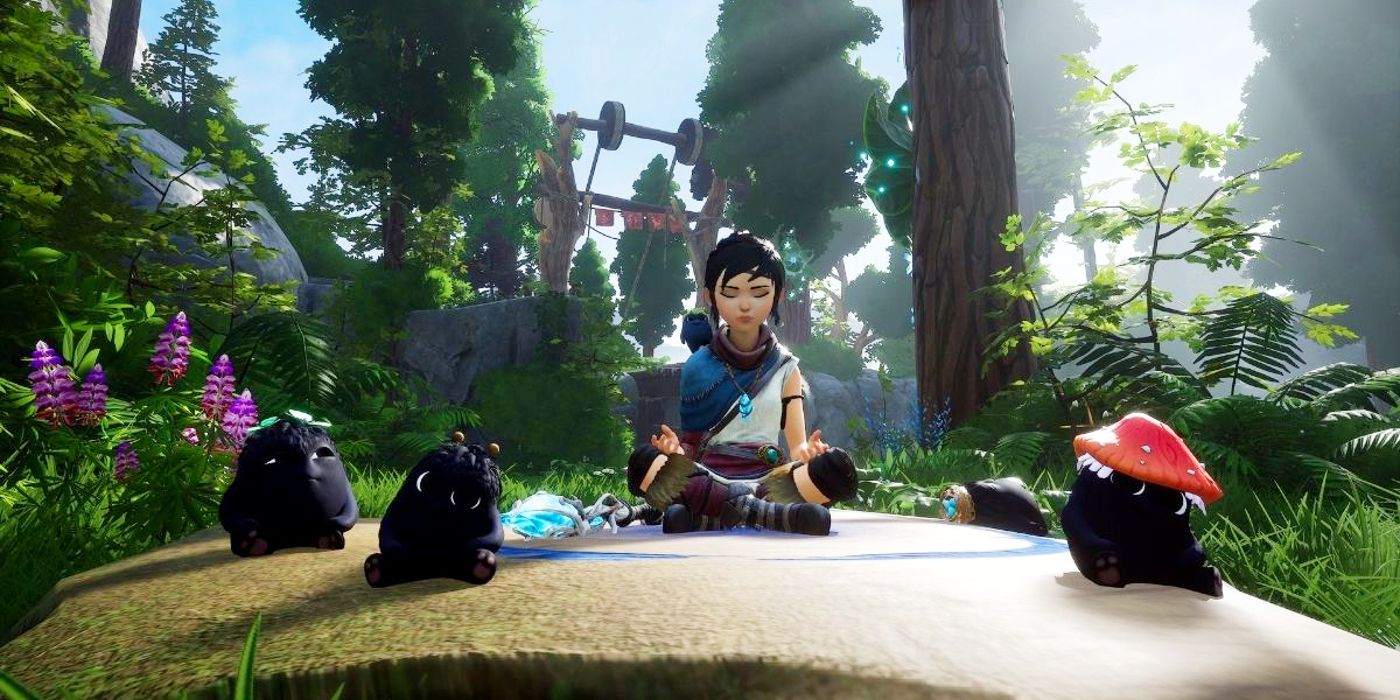
The Village
- Defeat the Mask Maker boss and head to the right to find the Meditation Spot at the edge of a cliff.
- There’s a Meditation Spot straight ahead after beating the Hunter boss.
- After receiving the Village Crest relic, there will be a Meditation Spot right in front of Kena.
Taro’s Tree
- This spot will appear ahead of Kena after defeating the Corrupted Taro.
Rusu Mountain
- Leap to the broken bridge to the right of the Rusu’s Backyard warp stone. Shoot the arrow on the tree to warp over to the Meditation Spot.
The Forgotten Forest
- Go to the Sacred Tree warp stone and follow the path until reaching a small bridge. Go left to follow the river upstream to find a blue stone across the water. Shoot it to raise two platforms, then continue to the Meditation Spot.
- There’s a Forest Tear on the path to the Lantern Cave that can be used to clear the corruption on the left. Doing so will reveal another Meditation Spot.
The Fields
- There’s a Meditation Sot overlooking the sea on the plateau of the tall tower beside some ruins.
- Go to the Forge warp stone and into the back room. There’s a spot that Kena can climb up and shimmy across to reach a ledge and jump across to the next building over. The Meditation Spot will be inside.
- This Meditation Spot will appear in front of Kena after defeating the Corrupt Woodsmith.
The Village Heart
- Go into the cave near the Village Heart entrance. Head through the cave and outside to the left, then clear the corruption below. Use a bomb to bring up the platforms and get across the gap to find the Meditation Spot.
The Mountain Shrine
- The last Meditation Spot appears after defeating the Corrupt Rot God and completing the game. Players may need to leave the area and go back to meditate if it doesn’t work the first time.
Players should focus on finding Meditation Spots if they are having trouble surviving in combat. Increasing Kena’s health will help with boss battles, especially later in the game. Finding all 12 spots in Kena: Bridge of Spirits will take a bit of time and exploration, but they grant a decent reward, and any completionist player will want to track them down.
Does No One Gets Out Alive Set Up A Sequel? (What Does Ambar Choose?)
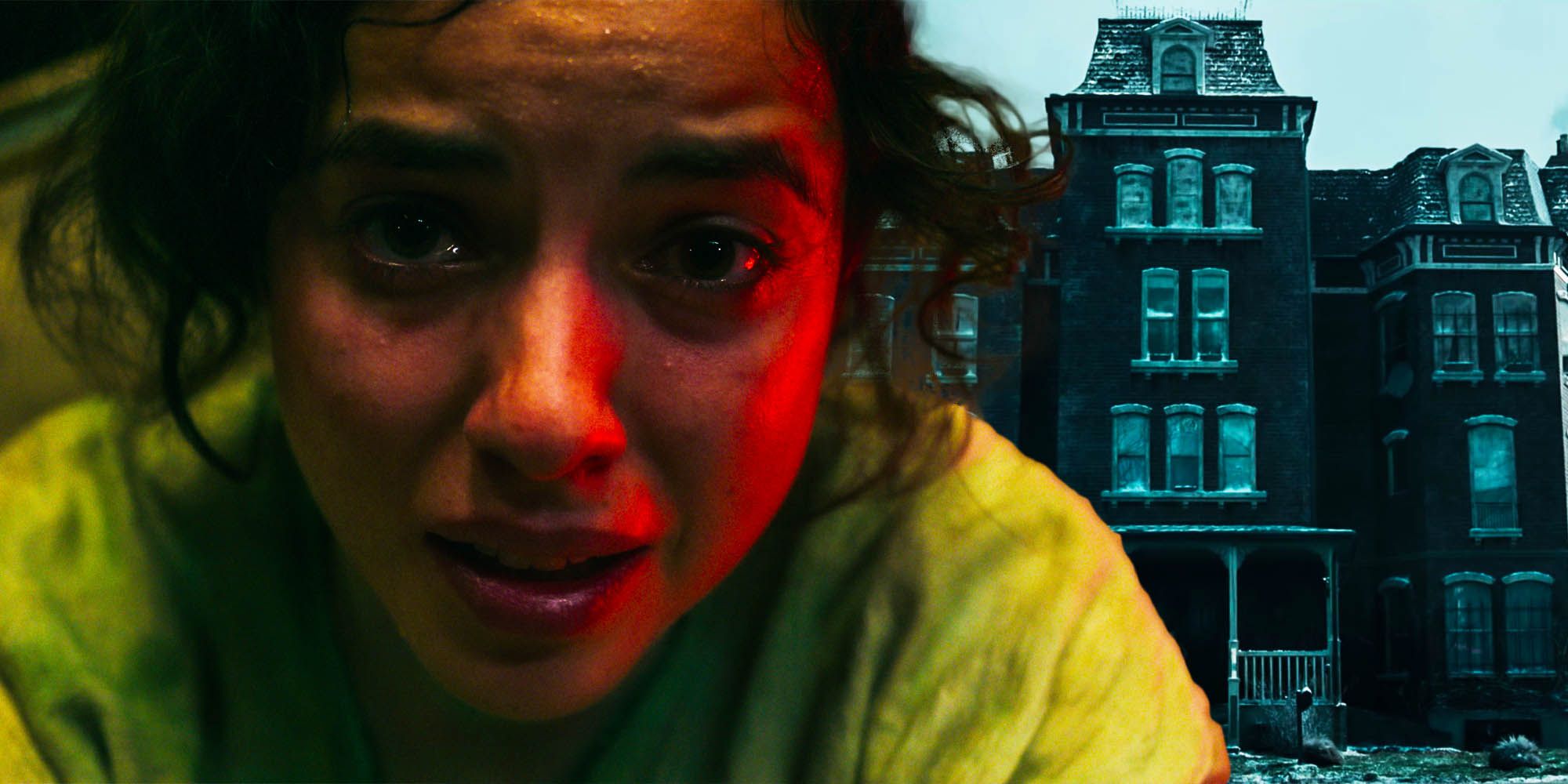
Netflix’s No One Gets Out Alive is an incredibly fresh and topical horror film, but what does Ambar choose at the end – and does the conclusion set up a sequel? The movie, which is based on the 2014 Adam Nevill novel of the same name, recently hit streaming. While following Ambar (Cristina Rodlo), an undocumented woman from Mexico who can’t seem to catch a break, its plot features a handful of interesting threads. When her character is implied to make a final choice before the credits roll, the story’s ongoing possibilities infuse the project with an extra-potent punch.
Ambar is a young woman from Mexico, who’s seeking a new life in the United States — specifically, Cleveland, OH. As if No One Gets Out Alive’s main character’s journey across the border as an undocumented immigrant wasn’t arduous and stressful enough, her ensuing existence in a new country isn’t any easier. She doesn’t know anyone, aside from being generally familiar with her distant cousin and his family, she doesn’t have a valid ID, and she has a harshly unforgiving boss. On top of being haunted by the loss of her mother and the illness that slowly snuffed out her life, she’s literally haunted by the multi-spirit-inhabited boarding house in which she soon finds residence.
There’s a lot going on within this compact, slow-burn horror flick, and, mirroring real life, the climax doesn’t leave things neat and tidy. As far as a possible sequel goes, No One Gets Out Alive’s violent, scary ending doesn’t directly set one up. There isn’t a post-credits scene to do so either. Still, Ambar has narrowly escaped death, killed Becker (David Figlioli), turned the tables on Red via sacrificing him, and is about to go back out into the world with the former villain’s malevolent powers. The movie’s actual universe is still rife with possibilities. Though a follow-up doesn’t seem like it’ll be in the cards, and probably isn’t even necessary, Ambar is definitely implied to succeed Becker in his antagonist’s role as he did with his father before him.
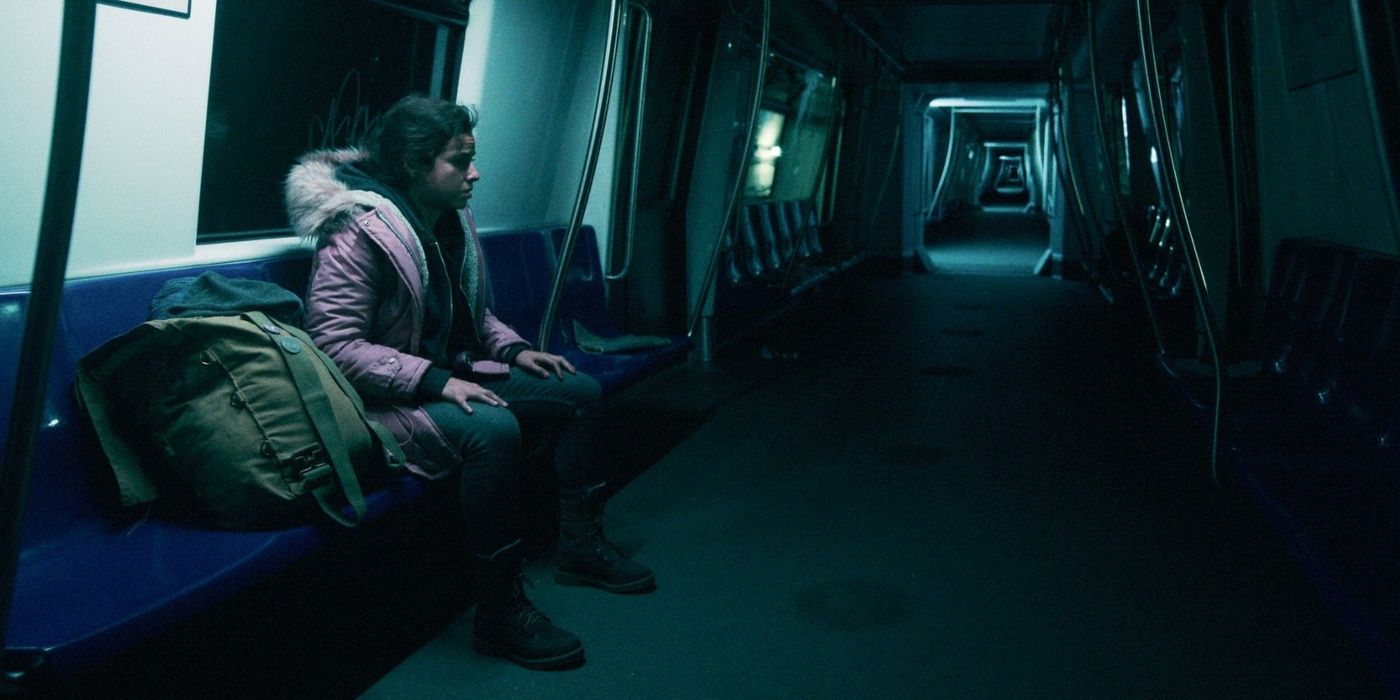
When Ambar’s formerly mangled ankle is healed, she takes on the appearance of pulsing with evil as he did. Now that she’s finally about to escape from the house, there’s an eerie sense that the powers she inherits also mean she’ll follow in the insidious footsteps of those who’ve had them in the past. She might even take things a step further after the Netflix-released horror movie’s timeline, and assume Becker’s place as a demon-tethered villain who preys on struggling immigrants that look for refuge in the deteriorating (and heavily symbolic) Cleveland boarding house. There’s also still plenty of explaining to do about the project’s demon-like creature, who makes an oddly animated grand entrance toward the film’s end.
In addition, the story of Ambar and her mother’s relationship seems to be more nuanced than how it appears on the surface. There’s a great deal of emphasis on the woman within No One Gets Out Alive, and an illusory version of her even shows up during the climax to trick Ambar into succumbing to the story’s evil. It could be interesting to probe that dynamic further. Although it doesn’t seem like a sequel will come from this particular fall of 2021-released horror movie, its purposely ambiguous ending is something for fans to ponder and a creative team to continue and tweak, should they every choose that direction.
How to Fix the Character Already on Server Error in Diablo 2: Resurrected
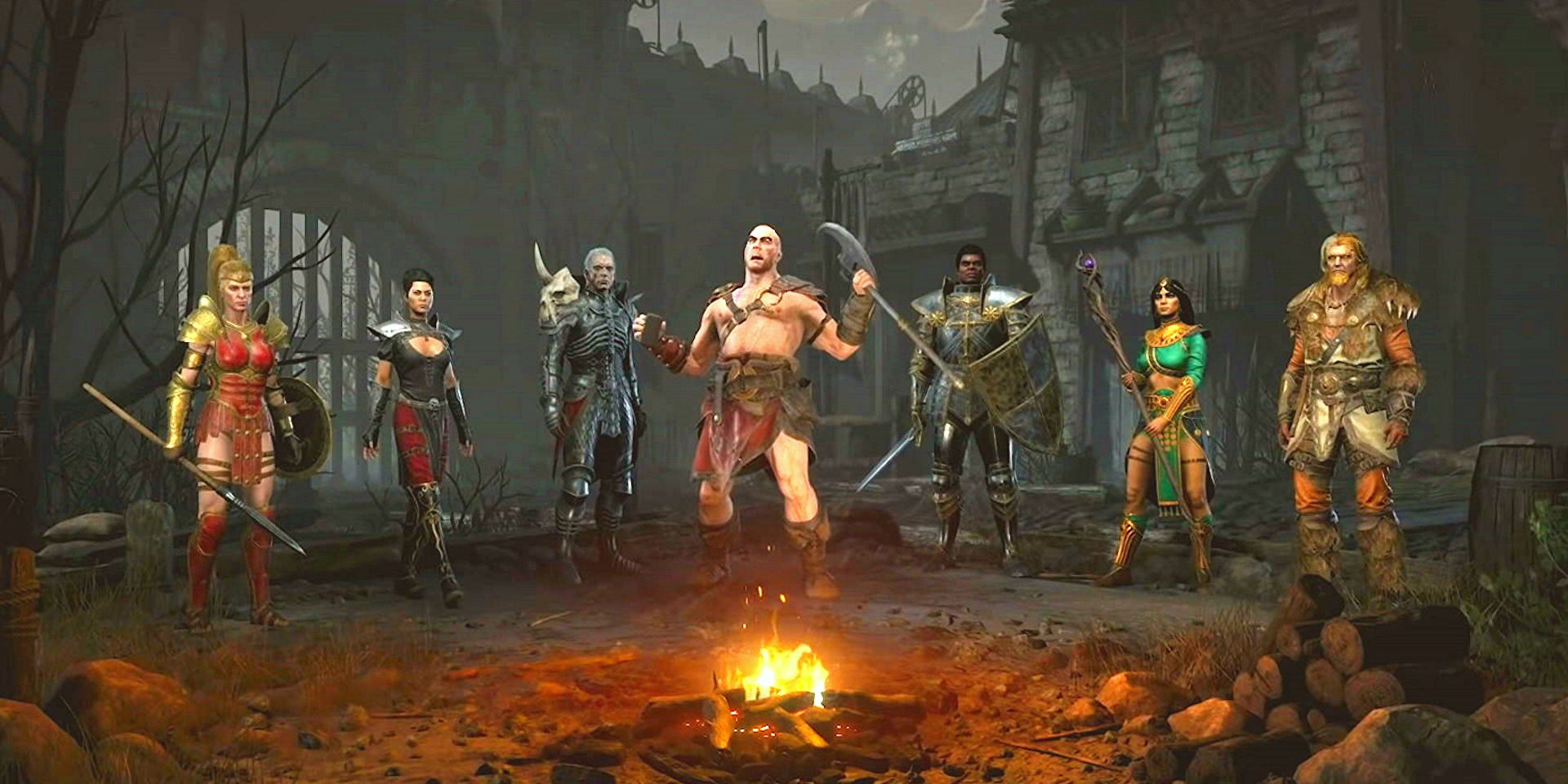
Editor’s Note: A lawsuit has been filed against Activision Blizzard by the California Department of Fair Employment and Housing, which alleges the company has engaged in abuse, discrimination, and retaliation against its female employees. Activision Blizzard has denied the allegations. The full details of the Activision Blizzard lawsuit (content warning: rape, suicide, abuse, harassment) are being updated as new information becomes available.
Diablo 2: Resurrected has had some issues with its launch, including server and character errors preventing fans from enjoying the game. Diablo 2: Resurrected is the highly anticipated remake of the original Diablo 2, which was released in 2000. With unique characters and diverse skills, Diablo 2: Resurrected holds up even two decades later, but it is not free of technical issues.
When Diablo 2: Resurrected first launched, there were server errors that prevented players from creating characters or getting into the game. These were points of frustration for players excited to get started with the remake. Since launch, Blizzard has been working to fix server issues in Diablo 2: Resurrected, but players are still struggling to use certain characters.
According to @BlizzardCS, the company is still trying to address this issue, but there are a few quick fixes players can try that have worked for some. There are a few options available to players who are getting the “Failed to enter game. This character is already in a game on the server. Please try again” error.
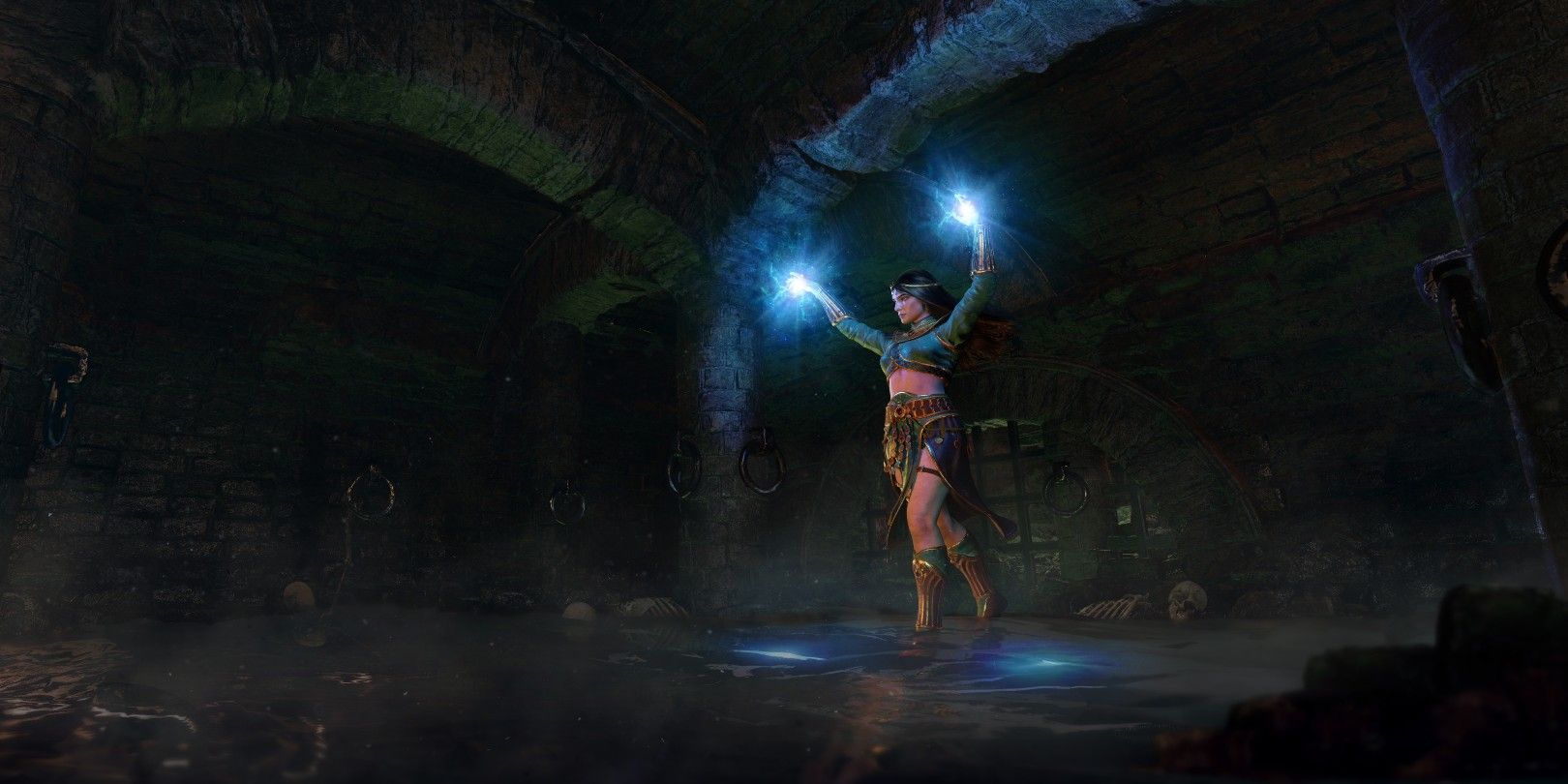
First, players should try to create a new character. Diablo 2 Resurrected has plenty of characters and classes to choose from, but players don’t need to focus too much on their choice, as they won’t necessarily be starting a game with this character. After the new character is made, they can return to the character selection menu and choose the character that was getting an error message, then try to create a game.
Players who are still getting the error message after this step can completely close the application and try to reload it. Diablo 2: Resurrected must be shut down completely for this method to work, so simply backing out won’t be enough. Players should quit the application and reload it, then select the character getting the error message and try to create a game.
Unfortunately, if neither of these fixes works, the only other way to use that character is to play offline until the issues are fixed. It didn’t take long for Blizzard to fix the server issues, and the company is already working on this problem, so players should keep checking back for updates on the issue. Diablo 2: Resurrected is a remake of a popular game with a flood of players trying to get in, so it’s understandable that the server would have issues, but Blizzard is working to fix them.
Source: @BlizzardCS/Twitter
Why So Many MCU 2021 Movies & Shows Are Fixing Age of Ultron
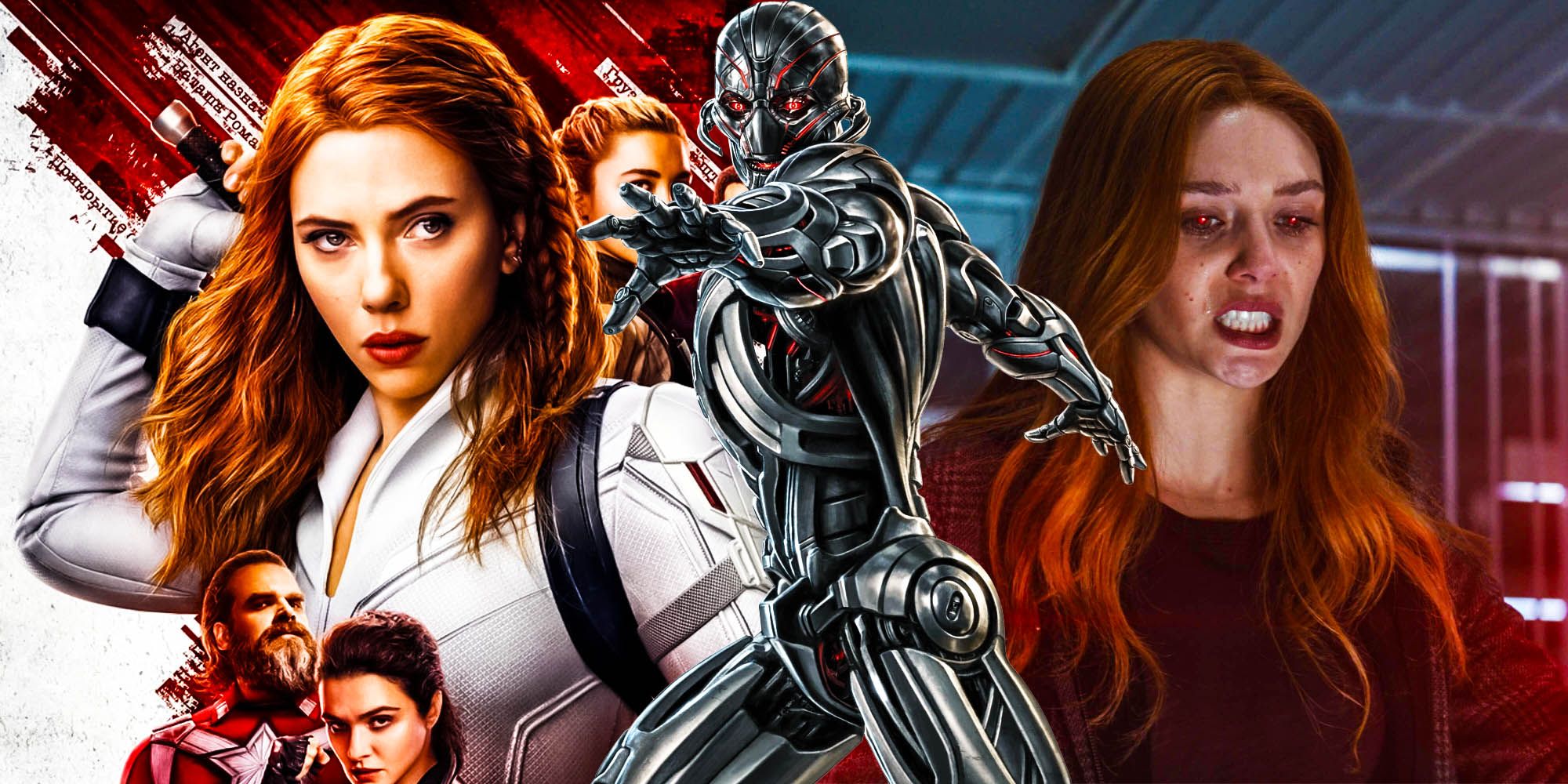
The MCU has entered Phase 4 in 2021, and many of its movies and shows have spent time fixing mistakes made in Avengers: Age of Ultron. 2015’s Age of Ultron served as the partial conclusion to the MCU’s Phase 2, and though the film was a financial success, it was a somewhat polarizing installment in the Avengers franchise, with many viewers and critics feeling that its choices in characterization and story were questionable. The following films, Avengers: Infinity War and Avengers: Endgame had far better reception, leaving Age of Ultron the closest thing the MCU had to an audience failure and the subject of in-universe maintenance for years to come.
For a film franchise that began in 2008, the Marvel Cinematic Universe has been remarkably well-received. Supervised by Marvel Studios head Kevin Feige, the MCU films are spiritually faithful adaptations of their Marvel comic source material and simultaneously crowd-pleasing blockbusters. 2012’s The Avengers changed the pop culture landscape almost instantly by proving the marketability and success of comic book-style shared universe crossovers. Since then, the franchise has grown in recognition and prestige, with Black Panther even winning multiple Academy Awards. The MCU has dominated pop culture for years, but not all of its installments are complete successes.
Some MCU films are considered adequate, at best, especially during Phase 1, where the franchise was trying to find its footing and experiment in making shared universe superhero films. The Incredible Hulk is considered forgettable by some, and the larger MCU has rarely referenced Incredible Hulk in canon until recently. Iron Man 2 had a similarly lukewarm reception, with many seeing its overabundance of characters and storylines as the result of focusing too much on setting up The Avengers and not focusing enough on its title character. 2011’s Thor, while a success, ended with the destruction of the Bifrost Rainbow Bridge, which audiences had little interest in exploring further, so the plotline was quickly resolved offscreen with few mentions afterward. Age of Ultron, however, had many farther-reaching missteps, which 2021’s Phase 4 has recently begun to clean up.
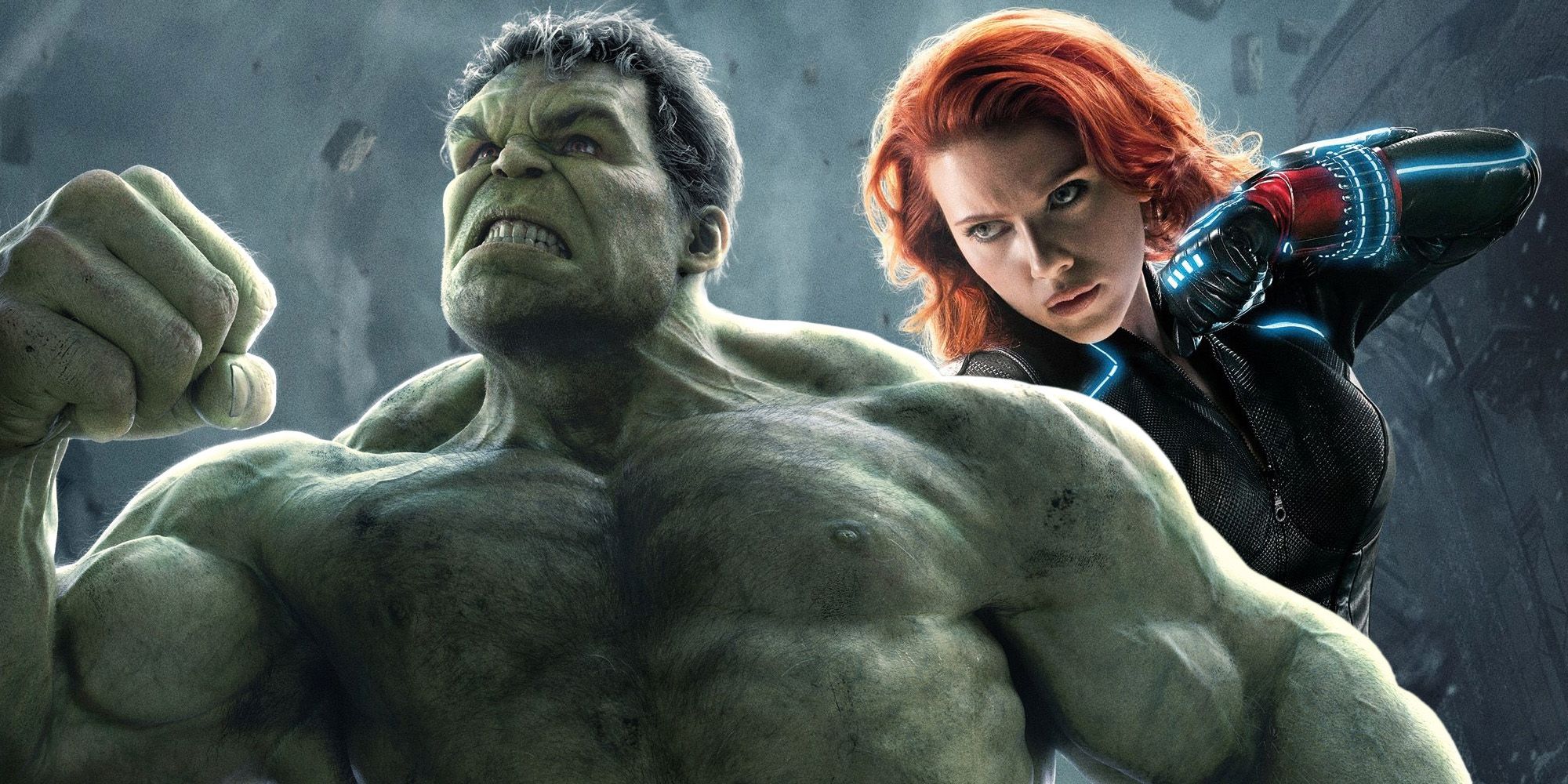
Age of Ultron was not strictly a failure, and could hardly be considered the worst film in the MCU, but it was nevertheless underwhelming compared to its predecessor. In both financial success and critical reception, Age of Ultron couldn’t beat 2012’s The Avengers, and the film was plagued by behind-the-scenes conflicts between writer-director Joss Whedon and the Marvel Studios executives regarding its story decisions. Many of Whedon’s choices were criticized by viewers, ultimately resulting in Age of Ultron being one of the MCU’s weaker installments and the departure of Joss Whedon from future MCU projects.
Some of the key points of criticism among viewers were Thor’s Infinity Stone premonition scene (which many felt was out of place), Hawkeye secretly having a shoehorned in family on a Midwestern farm (a departure from the comic source material), and the romance between Black Widow and Bruce Banner (which was seen as forced by many). Moreover, Black Widow describing herself as “a monster” for her unwilling sterilization by the Red Room was understandably seen by man as a line and overall characterization that disrespected Natasha while being in poor taste. In subtle and overt ways, the MCU has gradually worked to rectify Age of Ultron’s shortcomings and controversies, especially in Phase 4.
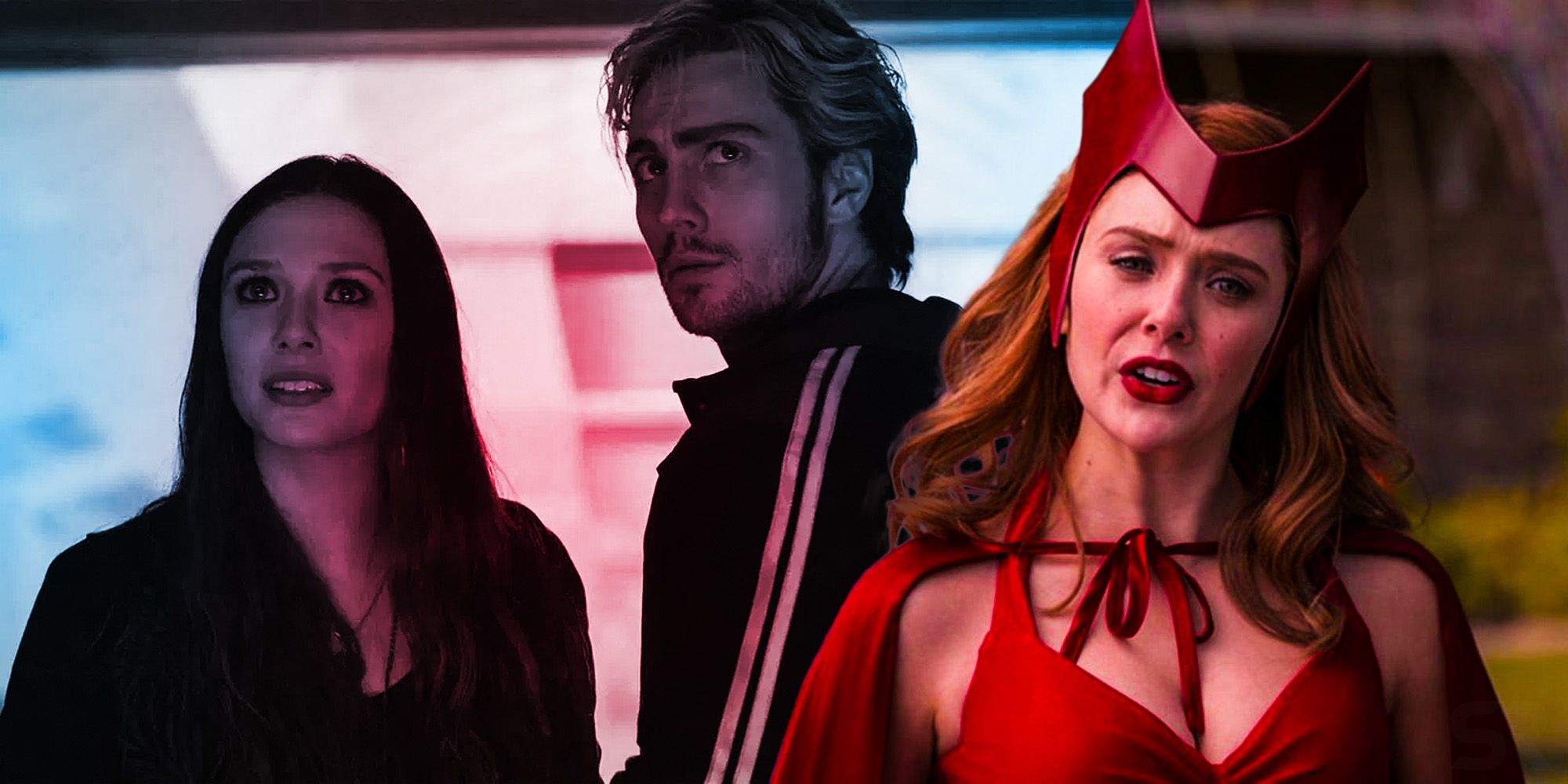
The two Phase 4 properties that have done the most cleanup work for Age of Ultron are the Disney+ miniseries WandaVision and the feature film Black Widow. For example, Hydra, the Nazi-affiliated terrorist group from the Captain America films, was seen as lacking in menace in Age of Ultron, but WandaVision succinctly fixed this via flashbacks of Wanda Maximoff’s torturous experiences as their test subject, having her latent magical abilities awakened by exposure to the Mind Stone.
Age of Ultron also glossed over the death of Pietro Maximoff, a devastating loss for his twin sister, by hurriedly moving Wanda into her role as a new member of the Avengers. WandaVision took time to go back and highlight Wanda’s anguish over her brother’s Age of Ultron death, showing that, while she found some semblance of comfort in her Avengers teammates, she didn’t have time to properly work through her grief. Black Widow, correctly, fixes Natasha’s controversial “monster” line in regard to her unwilling hysterectomy. While Age of Ultron framed Natasha as feeling shame for her sterilization, Black Widow reframes the situation to highlight the horrors inflicted on Natasha and all of the other Red Room Widows in training. Ultimately, the only real monster was General Dreykov.
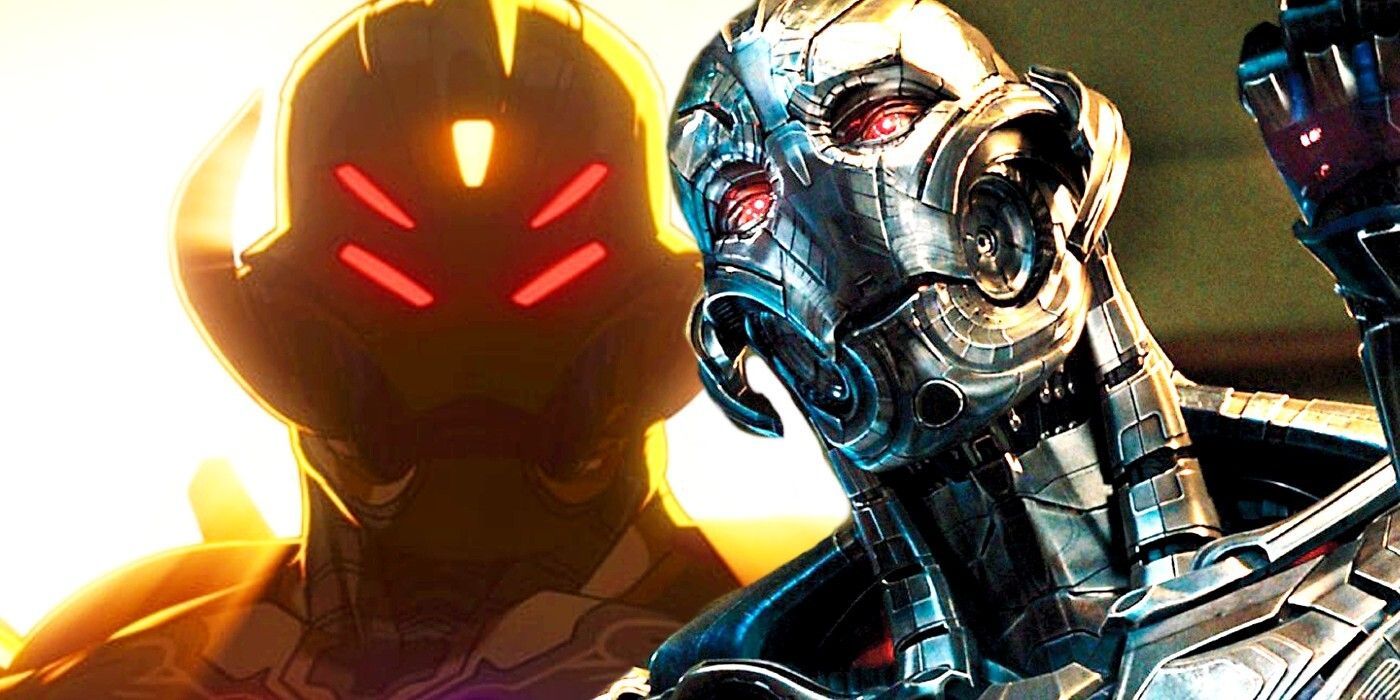
Another criticism of Age of Ultron was that its titular villain was lacking in threat level, especially when compared to other MCU villains and Ultron’s comic counterpart. Ultron was one of the greatest threats to the Avengers in the comics, and adaptations like Avengers: Earth’s Mightiest Heroes properly reflected this. The MCU’s Ultron was by no means weak, but his doomsday plot in Age of Ultron was thwarted by the Avengers within a week. Marvel’s What If…? fixes this mistake by introducing a new iteration of Ultron who successfully inhabits his vibranium Vision body, acquires the Infinity Stones, kills Thanos with ease, and threatens the entire multiverse to the shock and horror of the cosmic being known as The Watcher. What If…? creates a far more threatening version of Ultron than the second Avengers film.
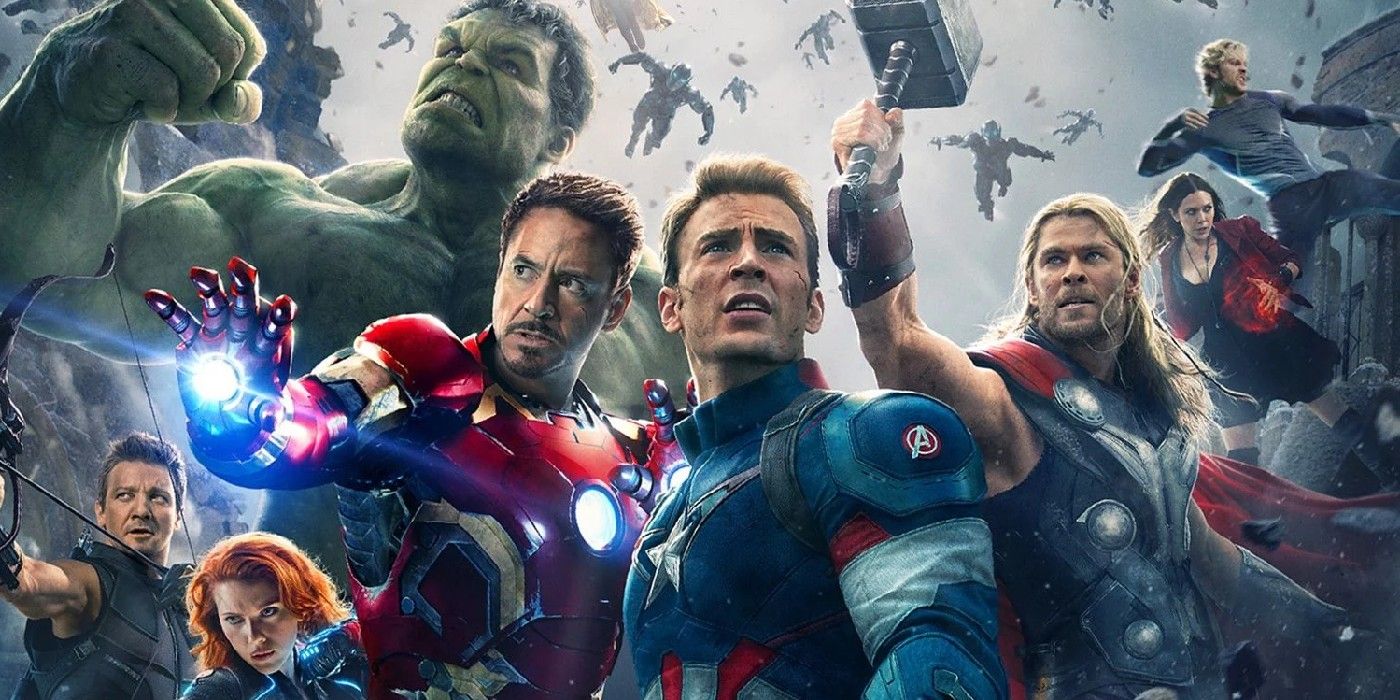
Age of Ultron is one of the rare instances of a problematic MCU film, and while future properties mitigated much of the damage it did, the fixes only affect the MCU as a franchise. Retroactive changes, while more than welcome for fixing Marvel’s MCU movie mistakes, won’t change the original films themselves. Age of Ultron still failed to properly make a mainstream MCU Ultron a superlative threat, it still rushed through important characterization for Wanda, and it still mischaracterized Black Widow on multiple levels. 2021’s MCU movies and shows have been enjoyable installments that have repaired much of Avengers: Age of Ultron’s shortcomings, but they ultimately don’t make it a better movie.
Many Saints Of Newark: Is Harold In The Sopranos? | Screen Rant
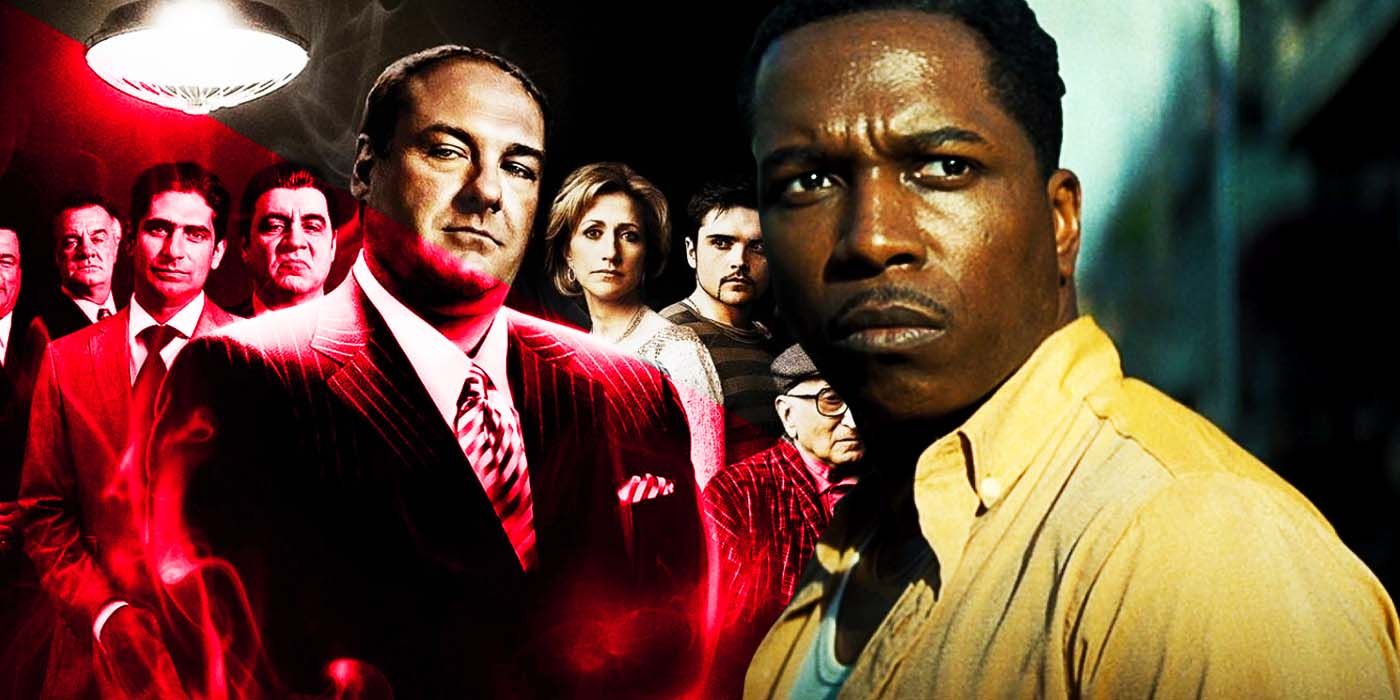
Warning! SPOILERS for The Many Saints Of Newark
In The Many Saints of Newark, Harold McBrayer (Leslie Odom Jr.) has a commanding presence throughout the story as Dickie Moltisanti’s (Alessandro Nivaro) increasingly troublesome frenemy — but is Harold in the original Sopranos HBO TV show? As a pivotal character in the events portrayed in The Many Saints of Newark, his future activities between the prequel movie and the hit TV show of the 2000’s naturally draw intrigue, as it’s made clear at the end of the film that Harold not only survives but seems to be on the rise in the world of organized crime.
During the introduction of Harold’s character, it’s clear that there’s history between Harold and Dickie, the leading mobster protagonist of The Many Saints of Newark. Throughout the movie, especially as racial tensions reach a boiling point in ’60s and ’70s New Jersey, Harold goes from being one of Dickie’s close associates to a rival mob boss — one who takes out several of Dickie’s fellow mobsters and henchmen while also having an affair with Dickie’s Italian mistress. No doubt, the schism between Harold and Dickie is intended to represent a greater shift between white and black America following the culture-shifting Civil Rights Movements of the ’60s. With the reconfiguration of polite society, regarding new attitudes towards race, also comes a reconfiguration of the criminal underworld, as manifested in Harold and Dickie’s violent arch-rivalry.
Related: Why Junior Soprano Has [SPOILER] Killed
However, despite being an impactful character in The Many Saints of Newark, Harold is completely new to the franchise, having zero appearances or mentions in The Sopranos. While the Newark riots in The Many Saints of Newark‘s opening that serve as the tumultuous backdrop for much of the prequel film’s first act were based on real-life historical events, these riots feel contemporary and reflective of today’s race-related riots and protests. Certainly, the introduction of Harold to The Sopranos‘ mythology was intended to reflect both post-Civil Rights Newark and today’s post-BLM America.
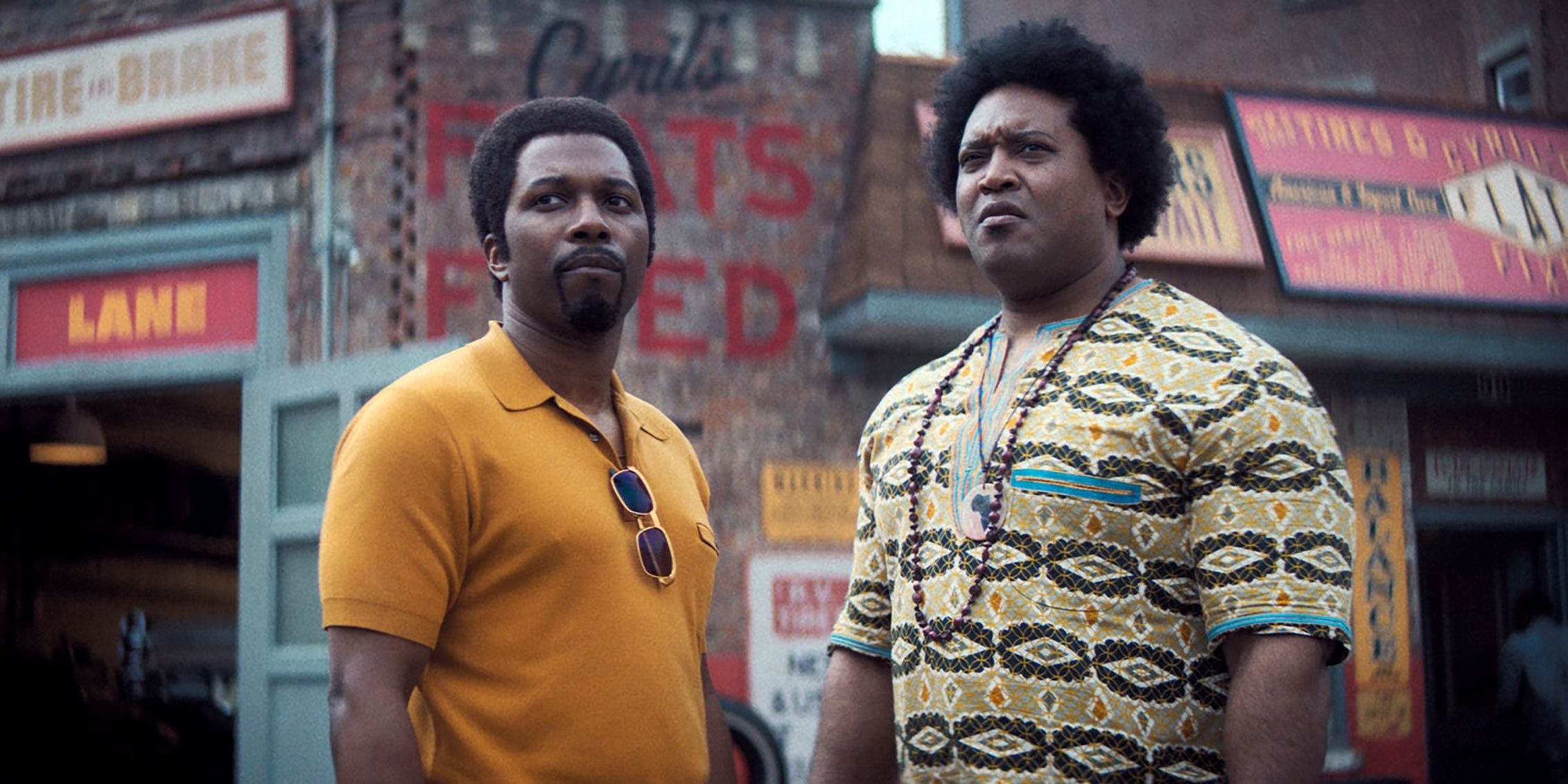
While The Many Saints of Newark directly confronts race issues in the United States, The Sopranos tackled race from an inverse angle: “deracination,” or the removal from one’s native environment or culture. This theme of deracination played out mostly in The Sopranos with the Italian-American mobsters’ insecurities surrounding their own heritage, or Italian authenticity — an insecurity that became perhaps most apparent in “Commendatori” (season 2, episode 4), when Tony and his henchman visit Italy, which only leaves them feeling like vulgar, culturally uprooted Americans.
Should creator and producer David Chase continue The Sopranos timeline beyond The Many Saints of Newark, namely with Harold’s character, it’d be interesting to see how he connects the explicit racial tension of the prequel to the turn-of-the-millennium’s conditions of deracination that seemingly preoccupied Chase during the 2000s. For now, without any mention of Harold in The Sopranos, audiences will have to rely on pure speculation for Harold’s narrative trajectory following the events of The Many Saints of Newark.
Next: Many Saints Of Newark: Every Scene Christopher Narrates (& Why)
from ScreenRant – Feed https://ift.tt/2Y7uUhH https://ift.tt/3FoIQoO
